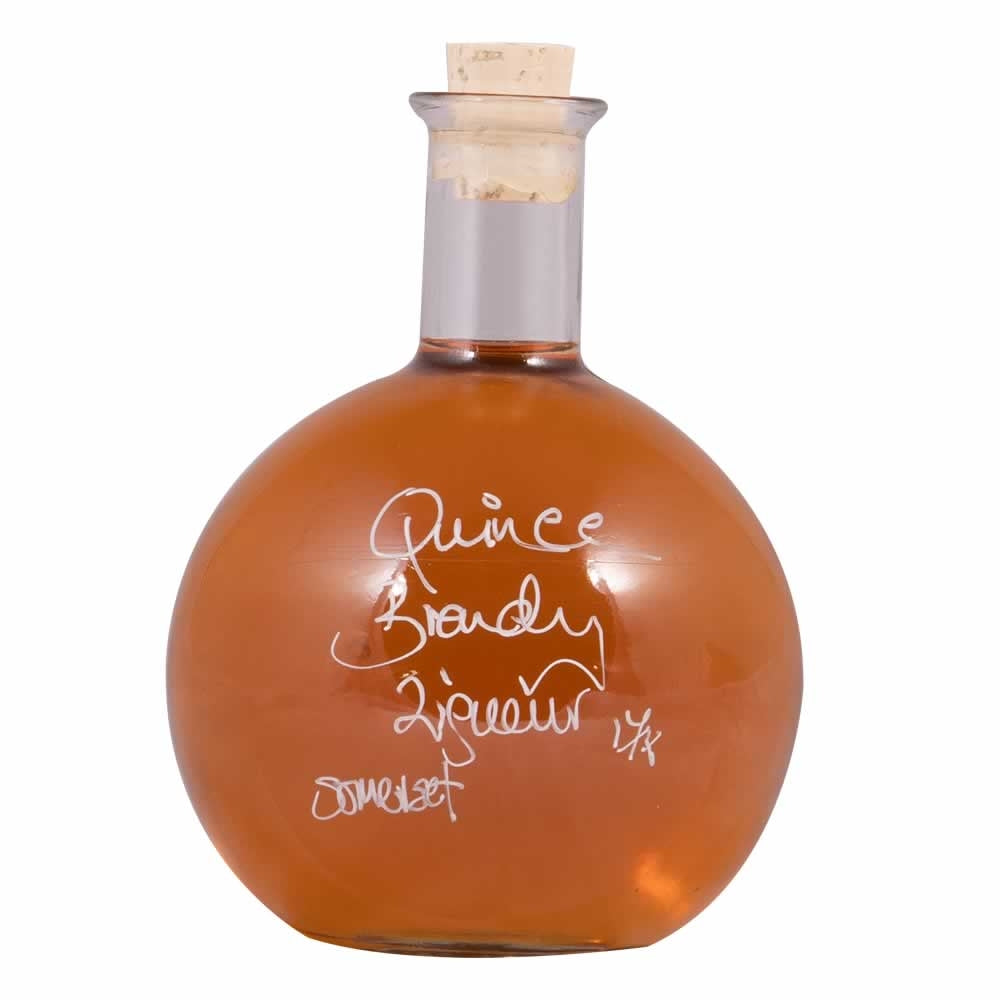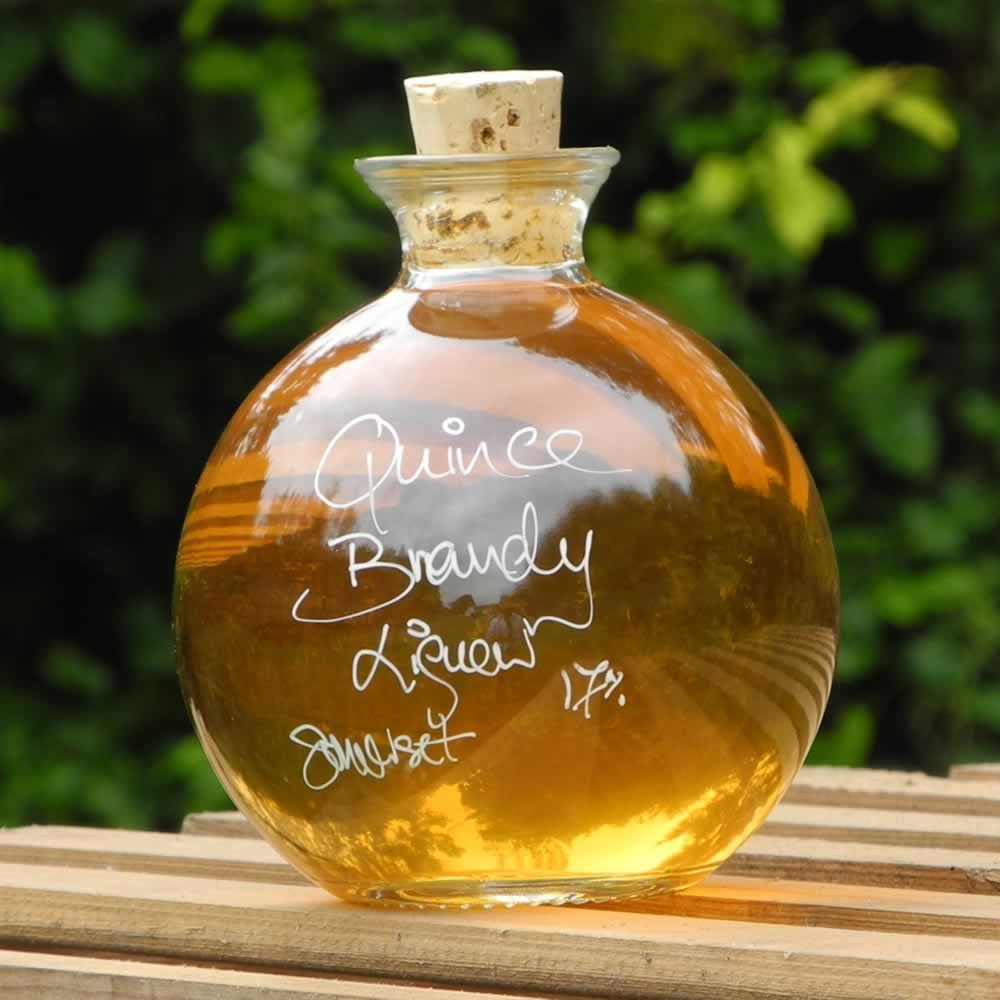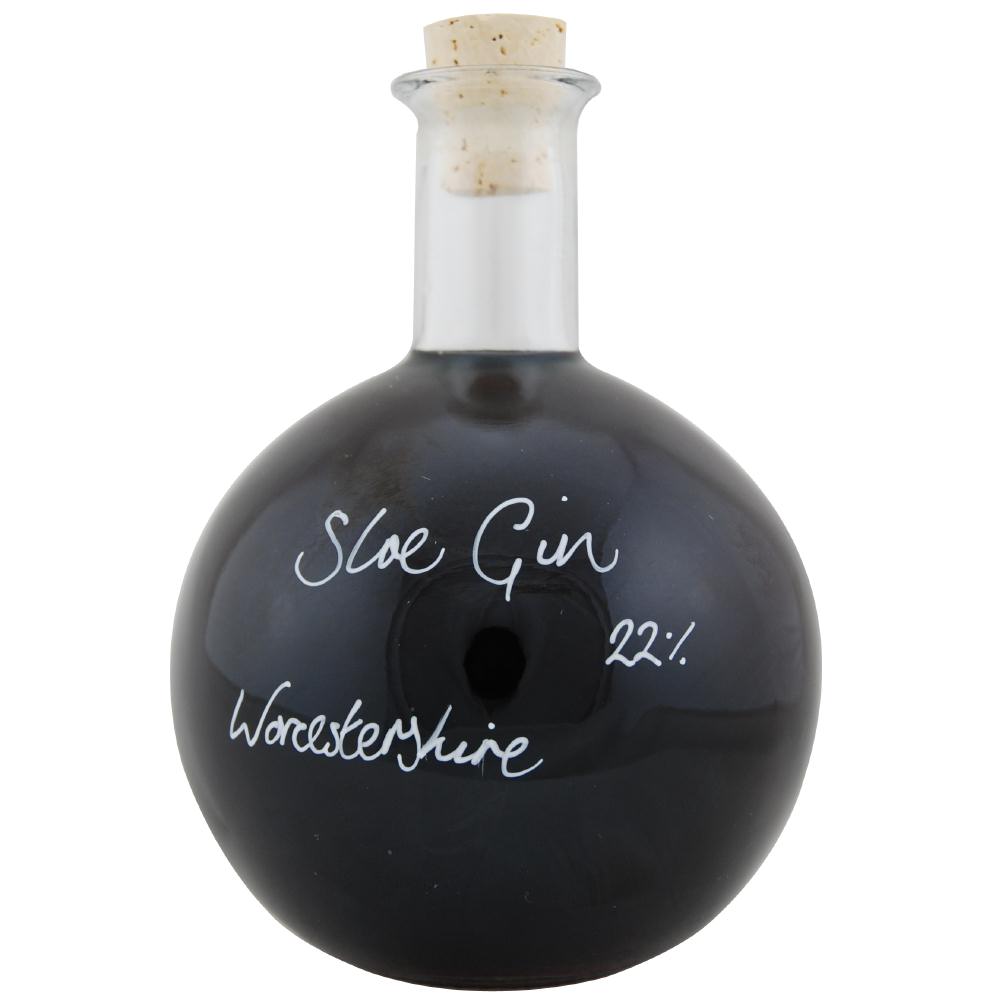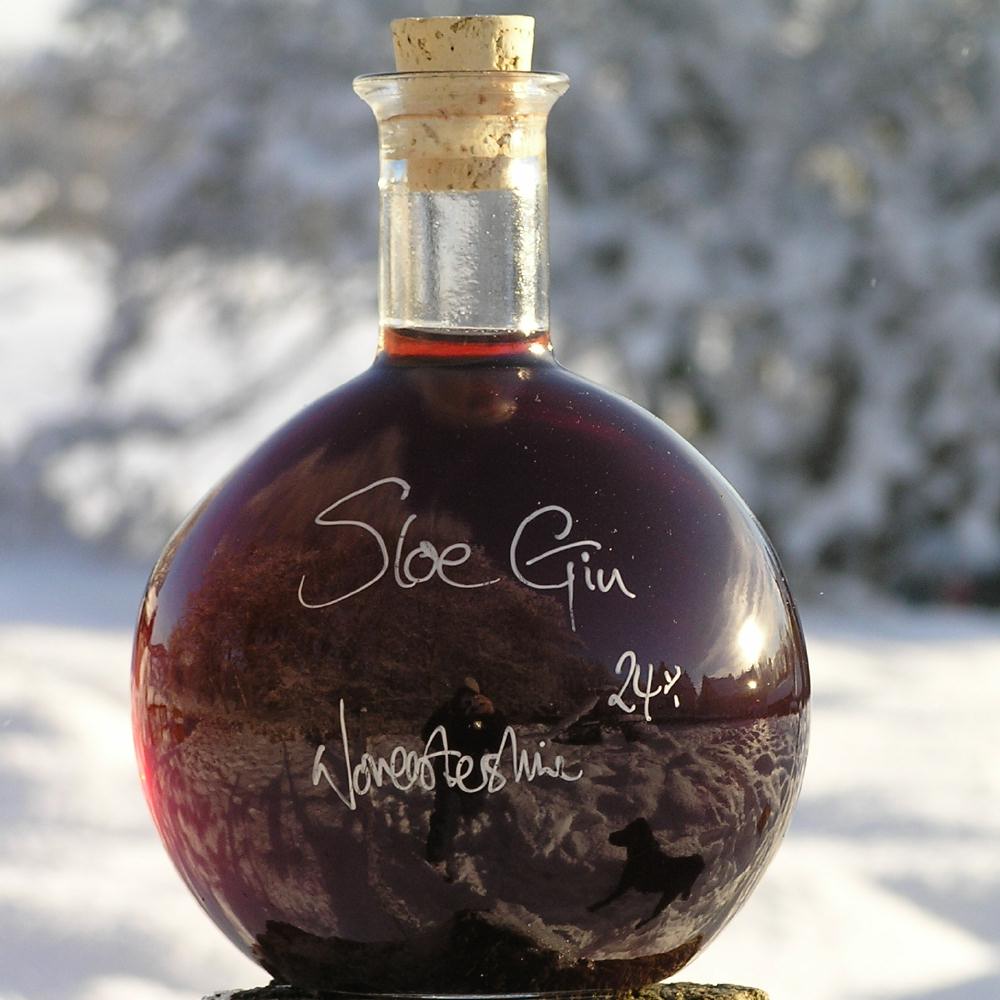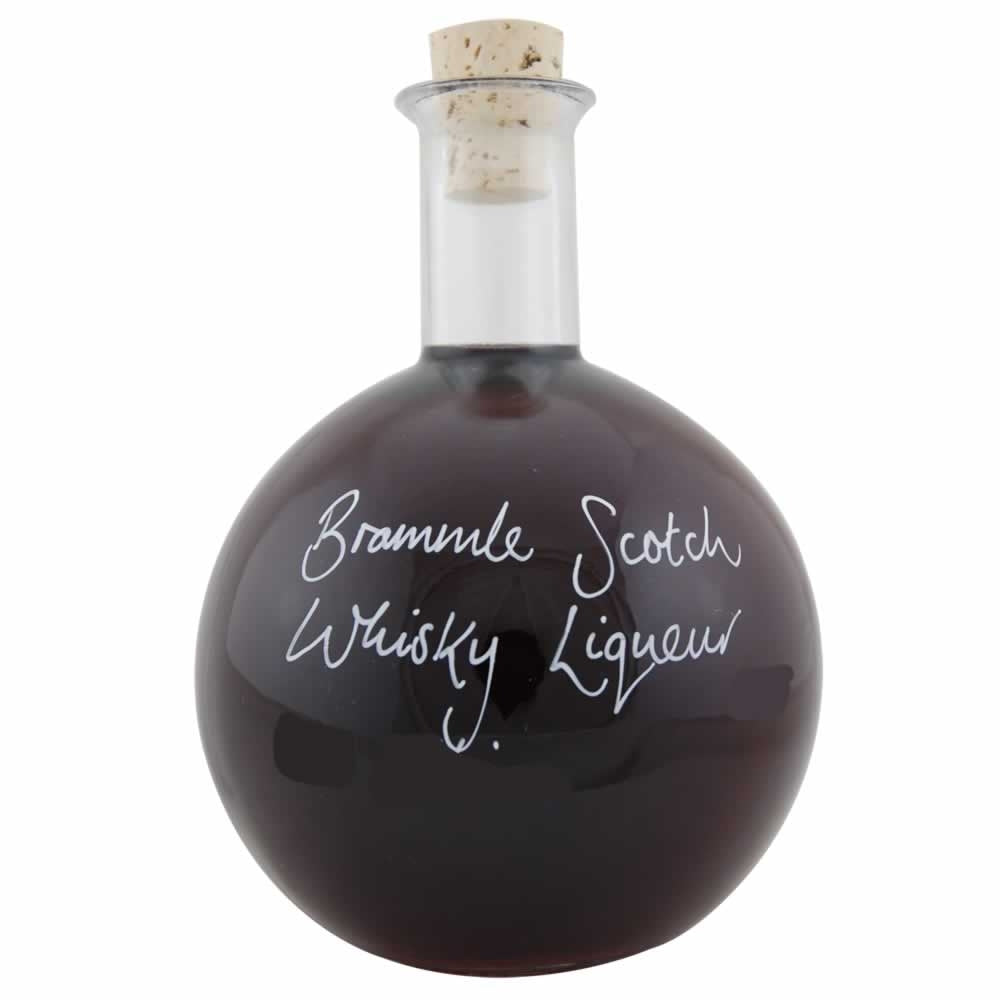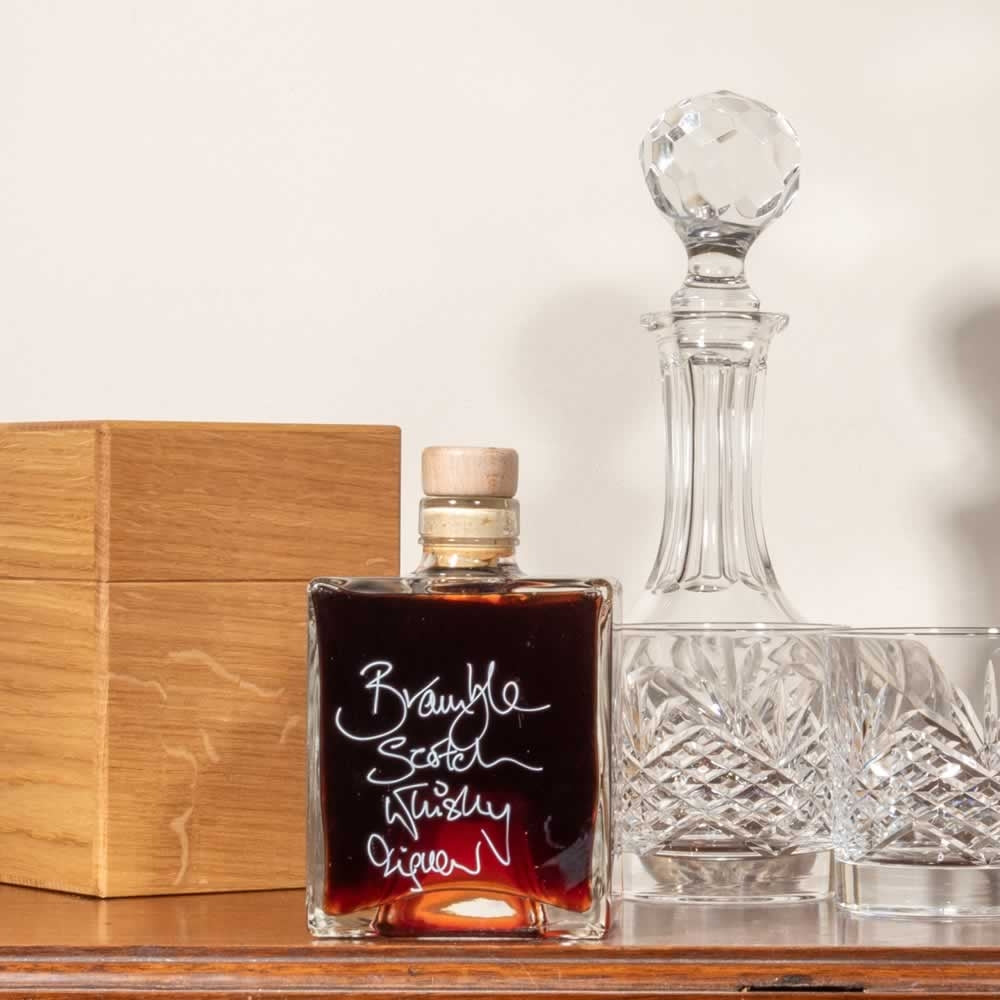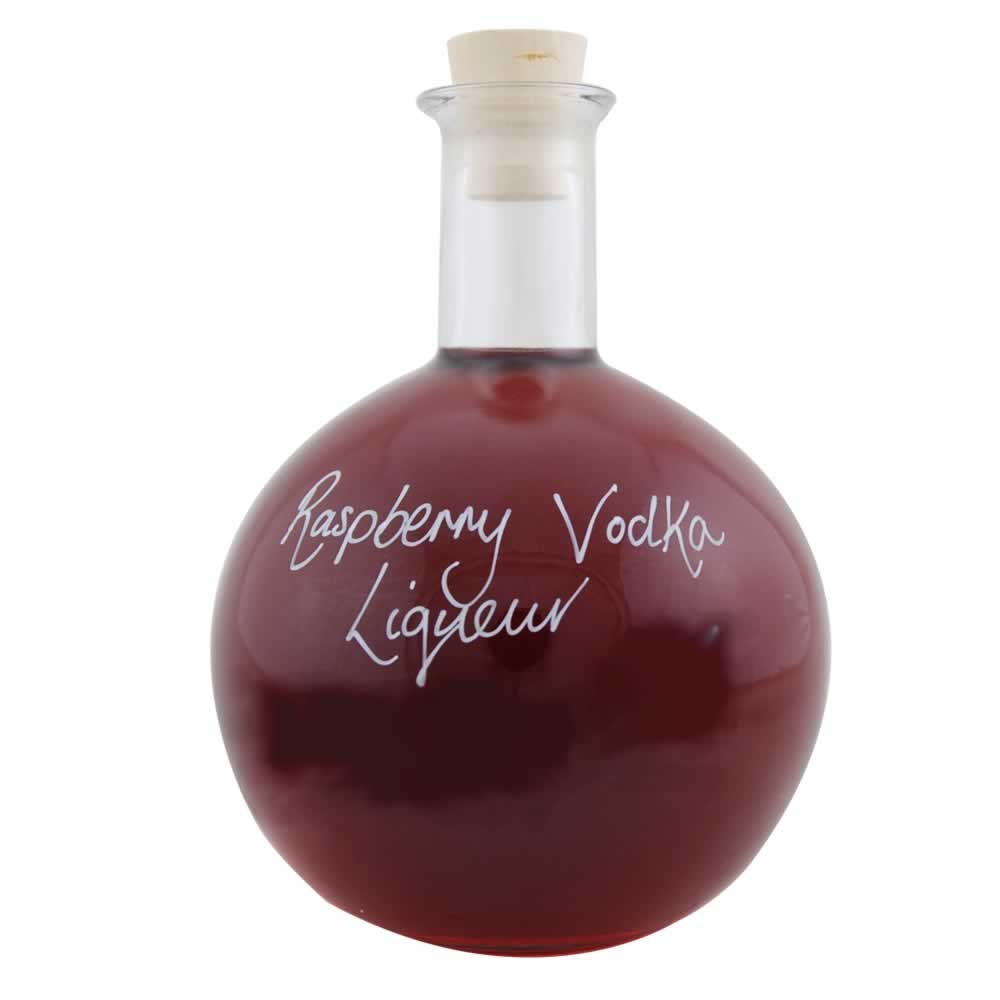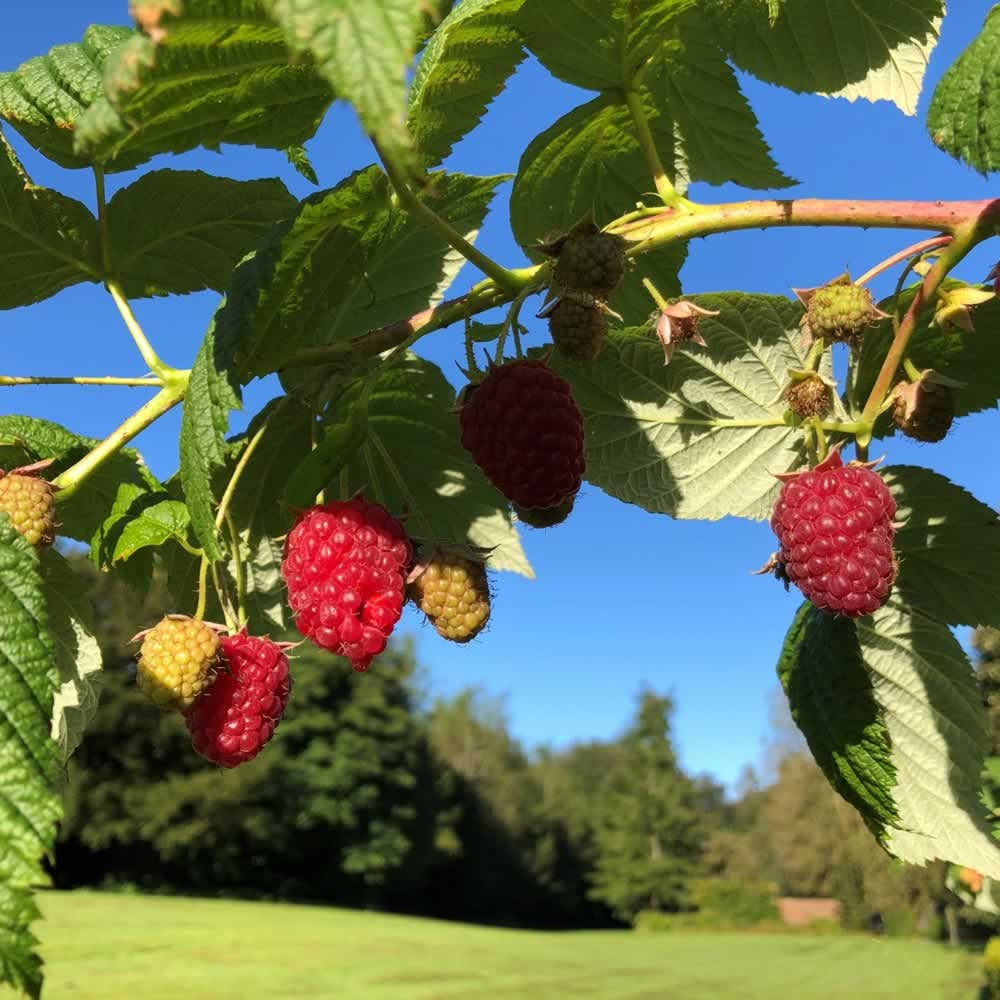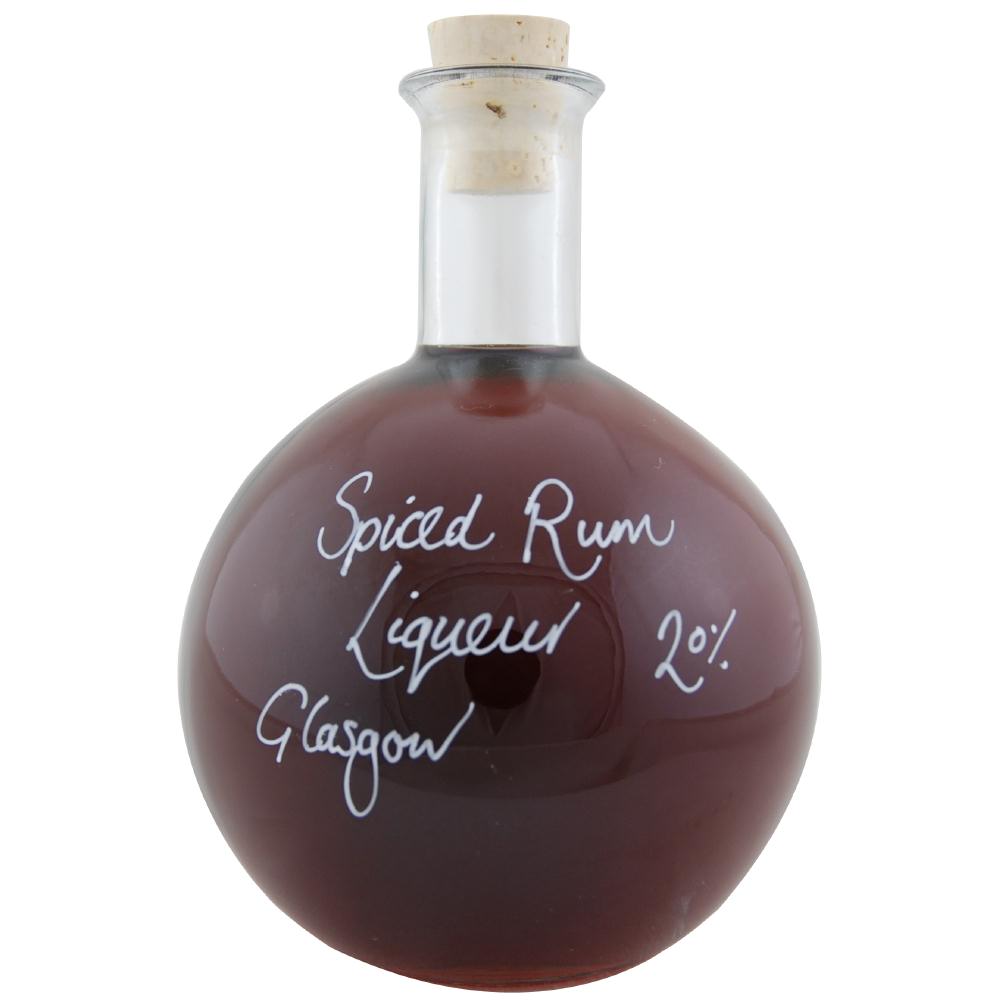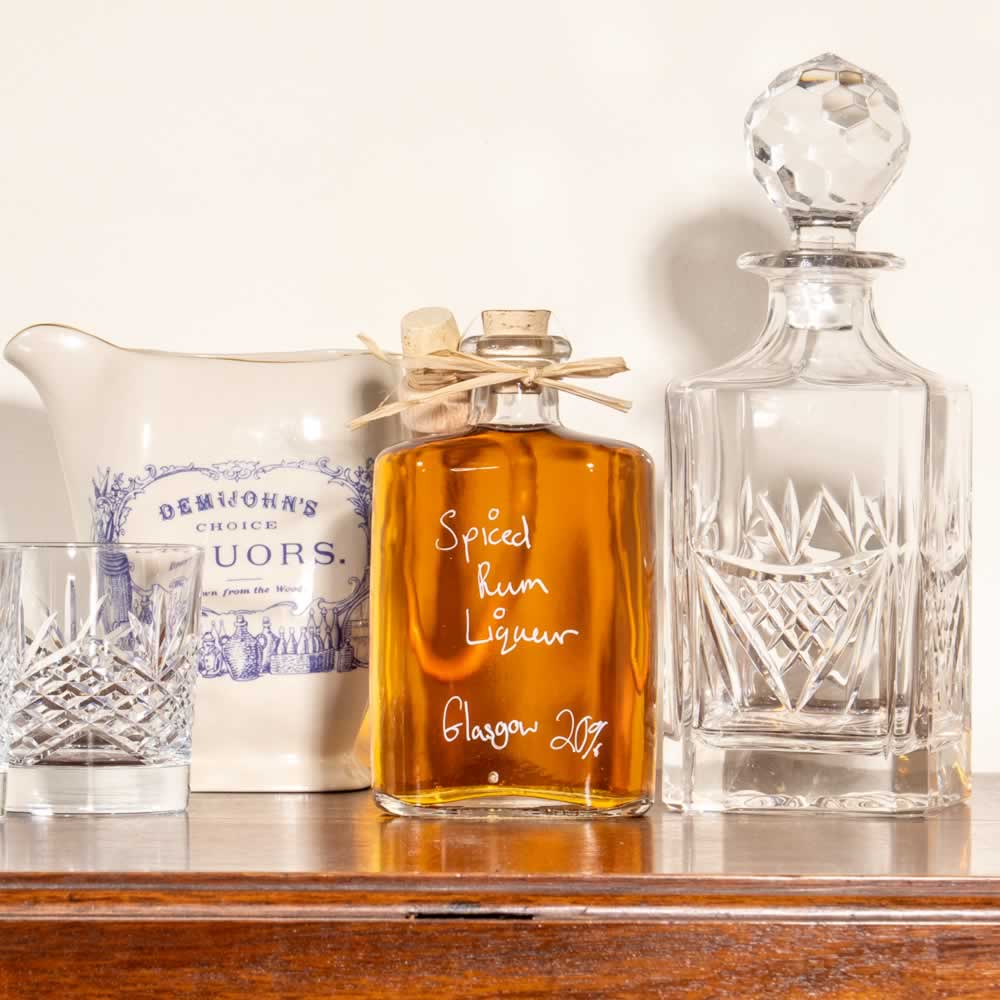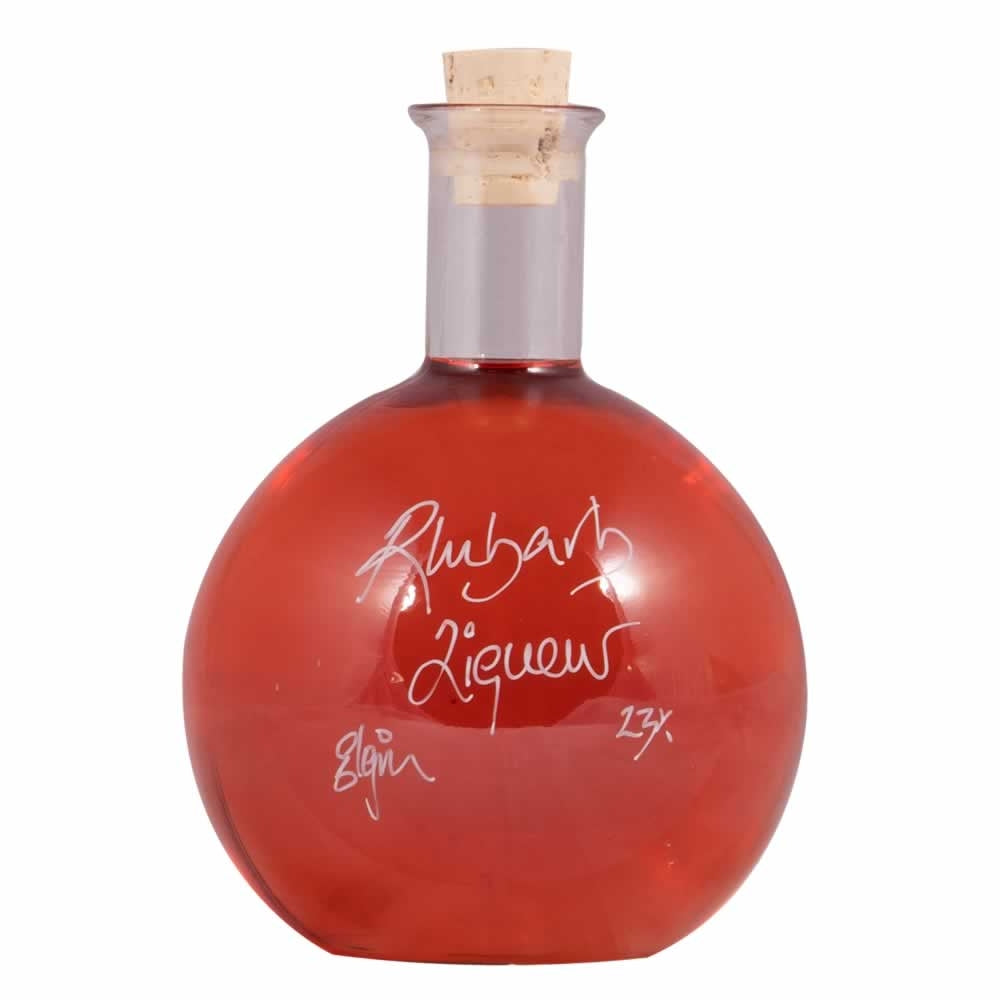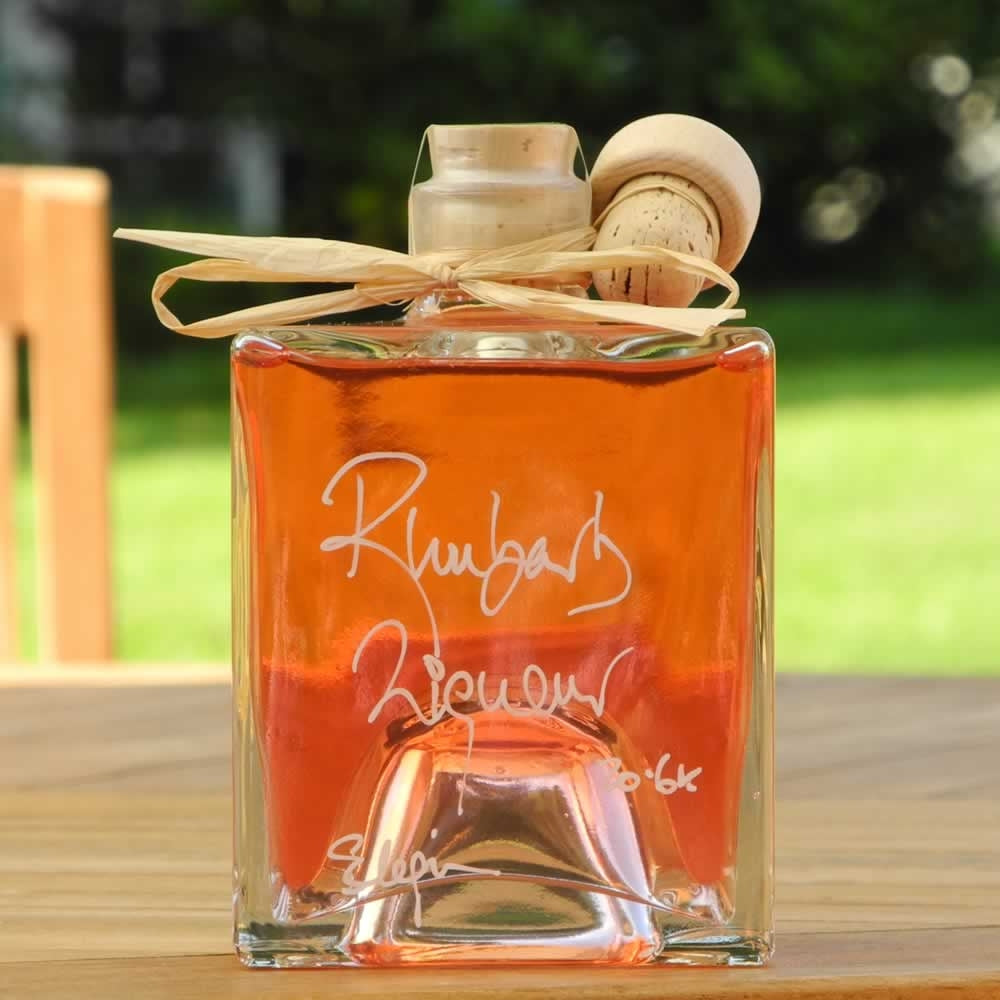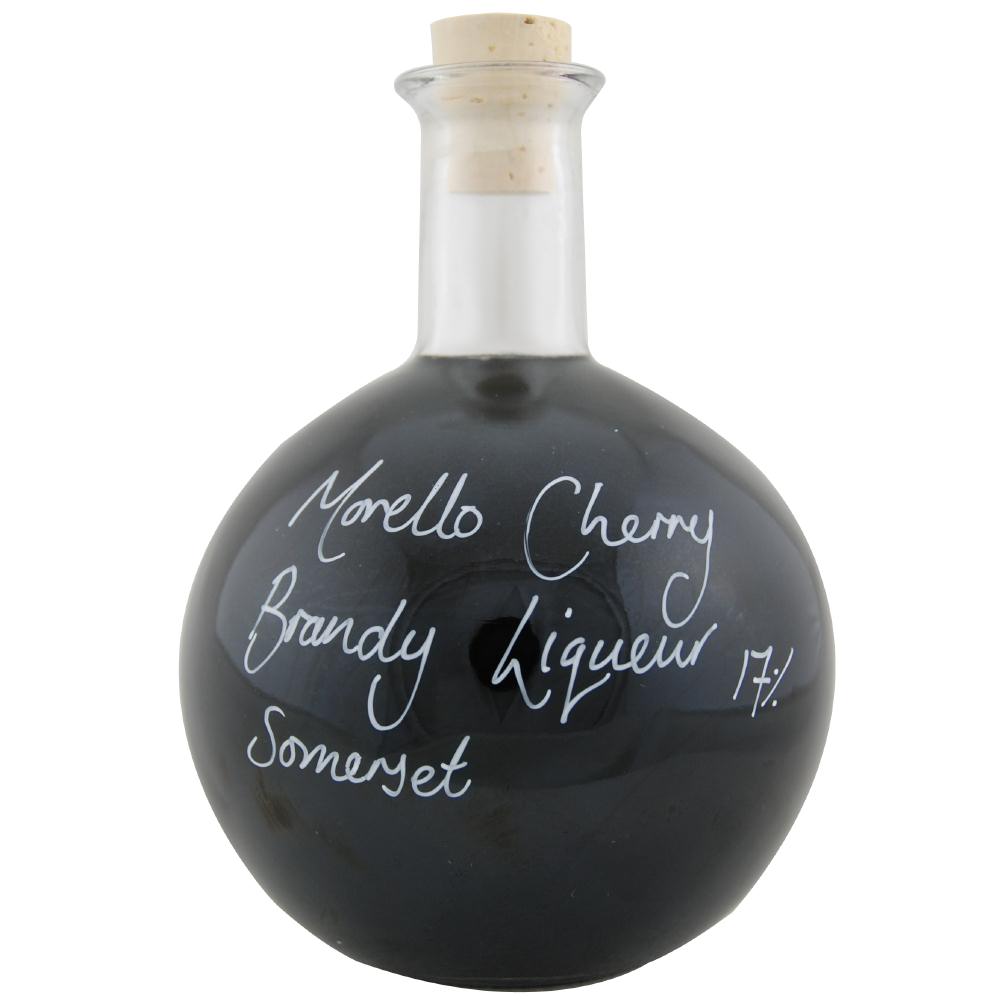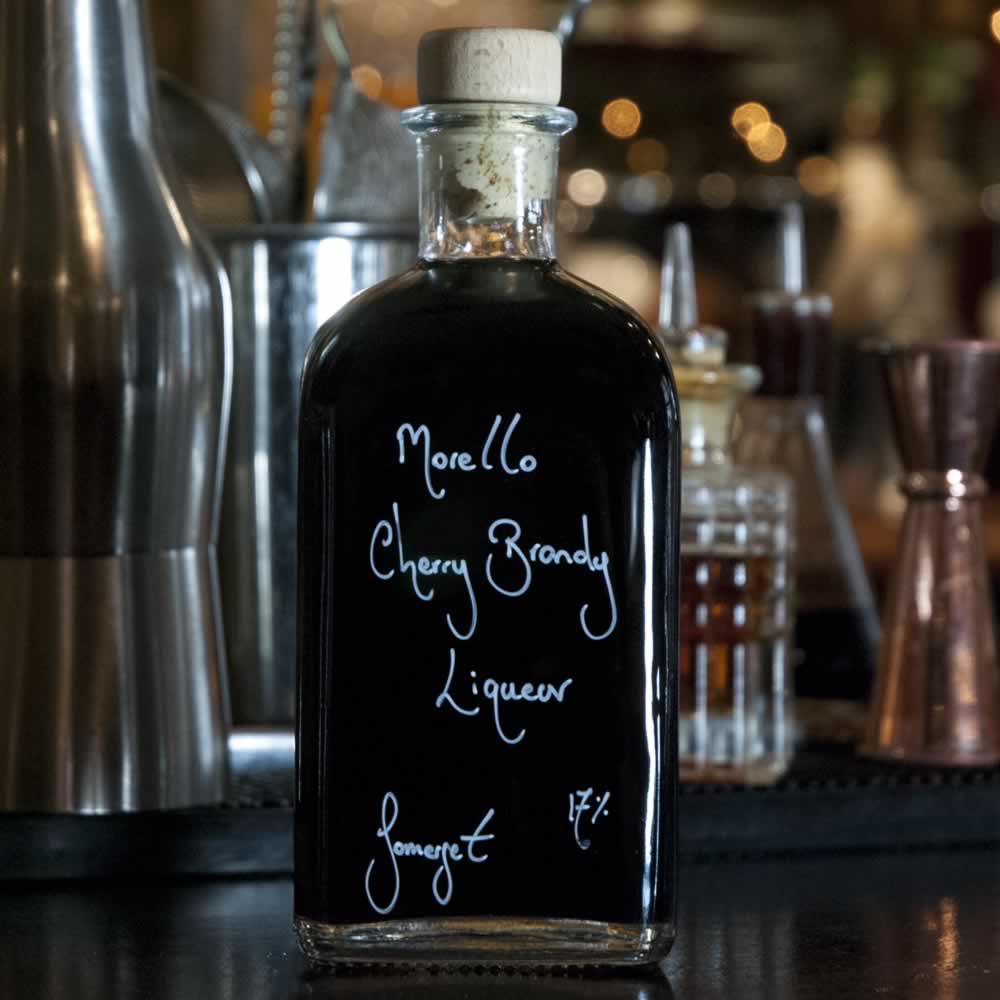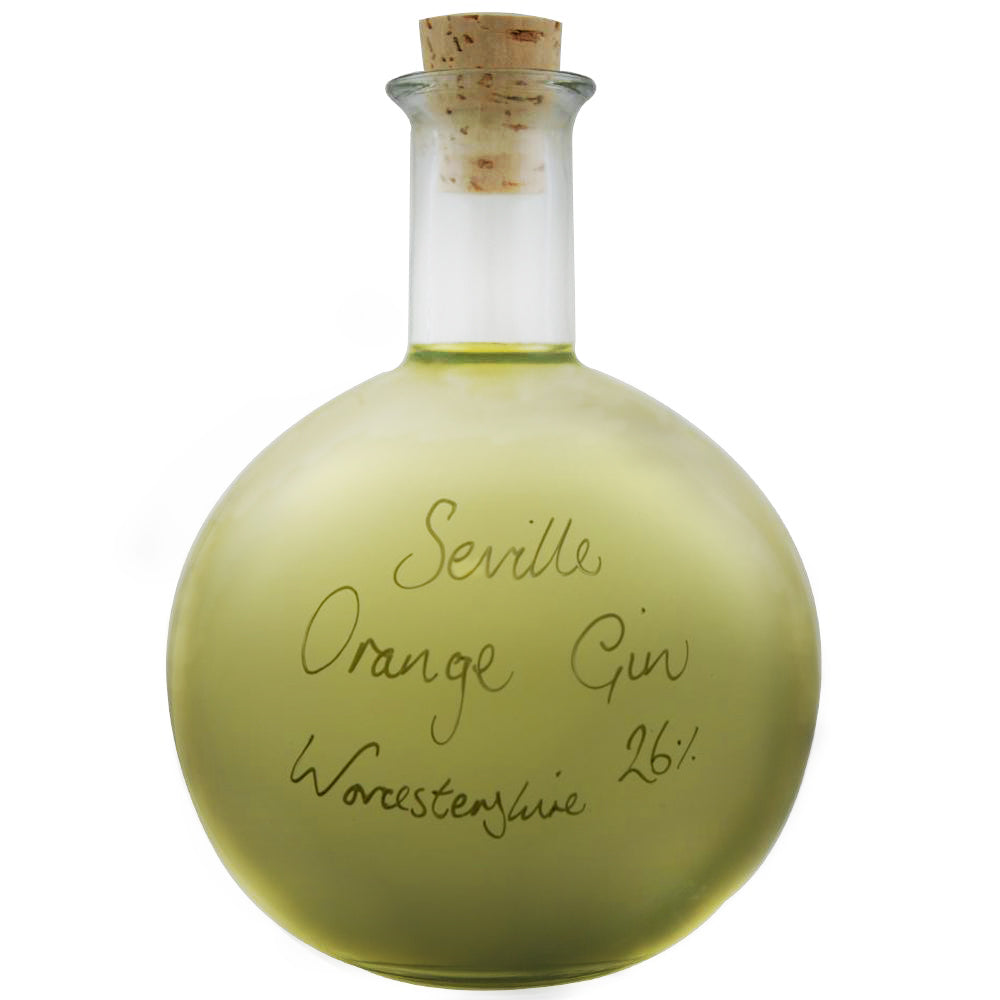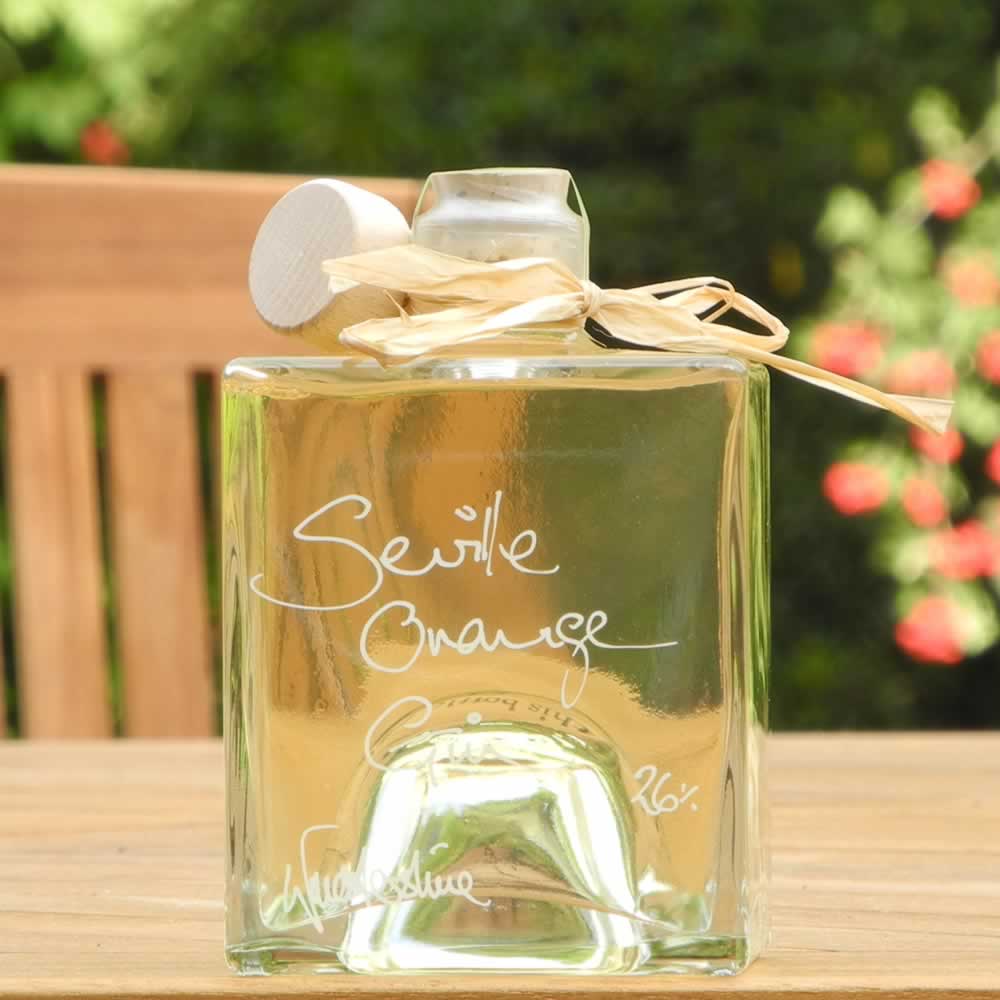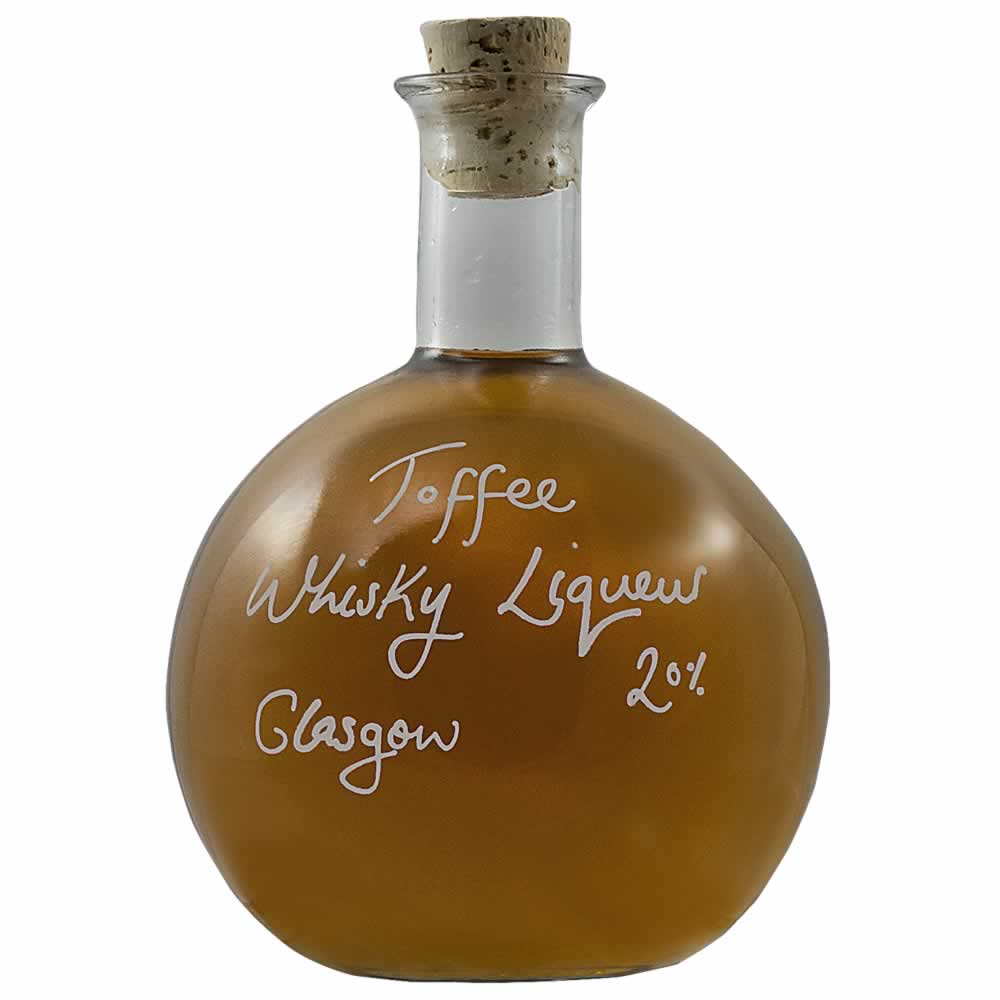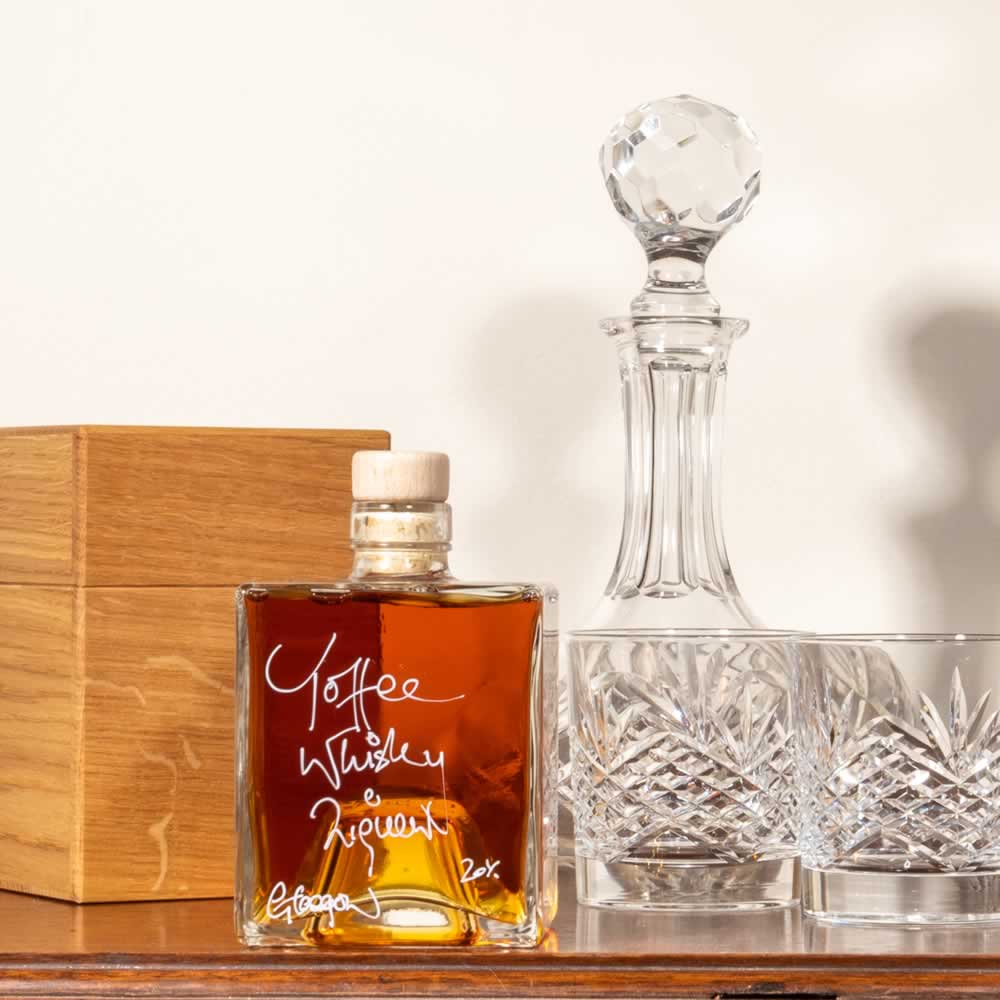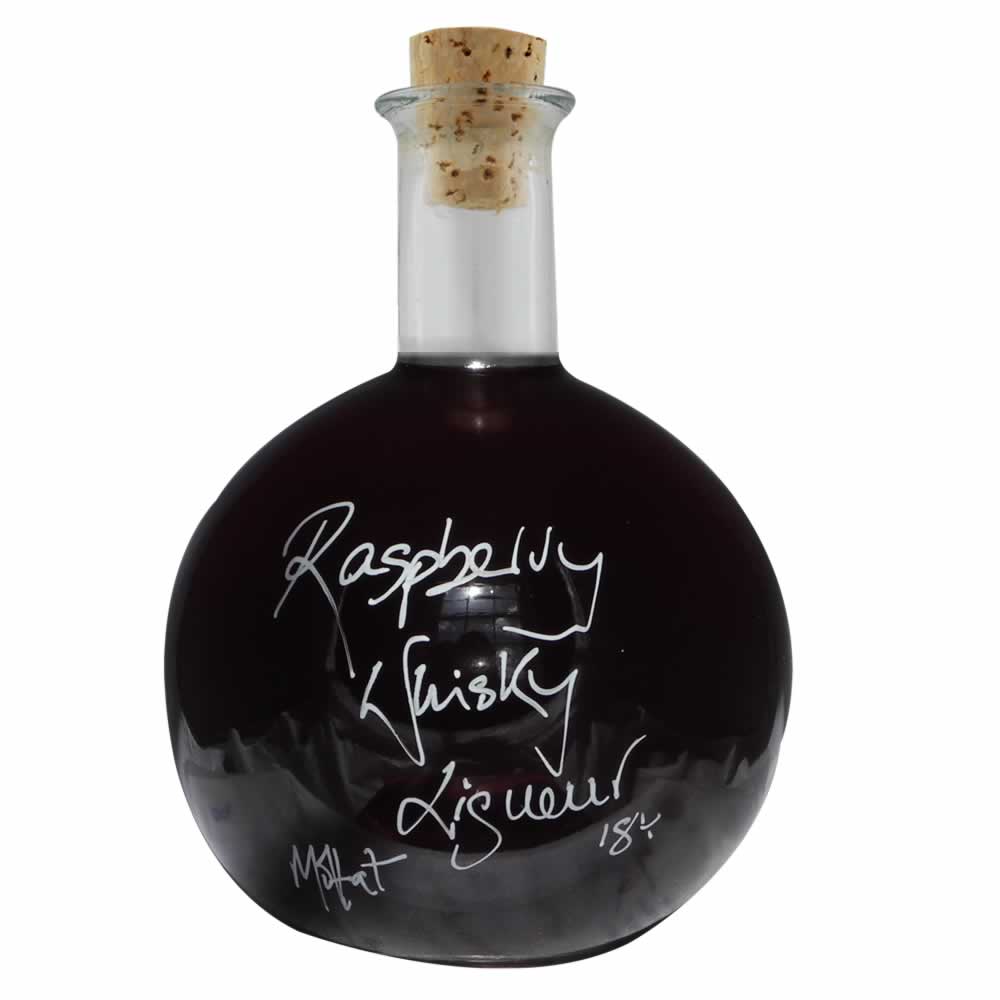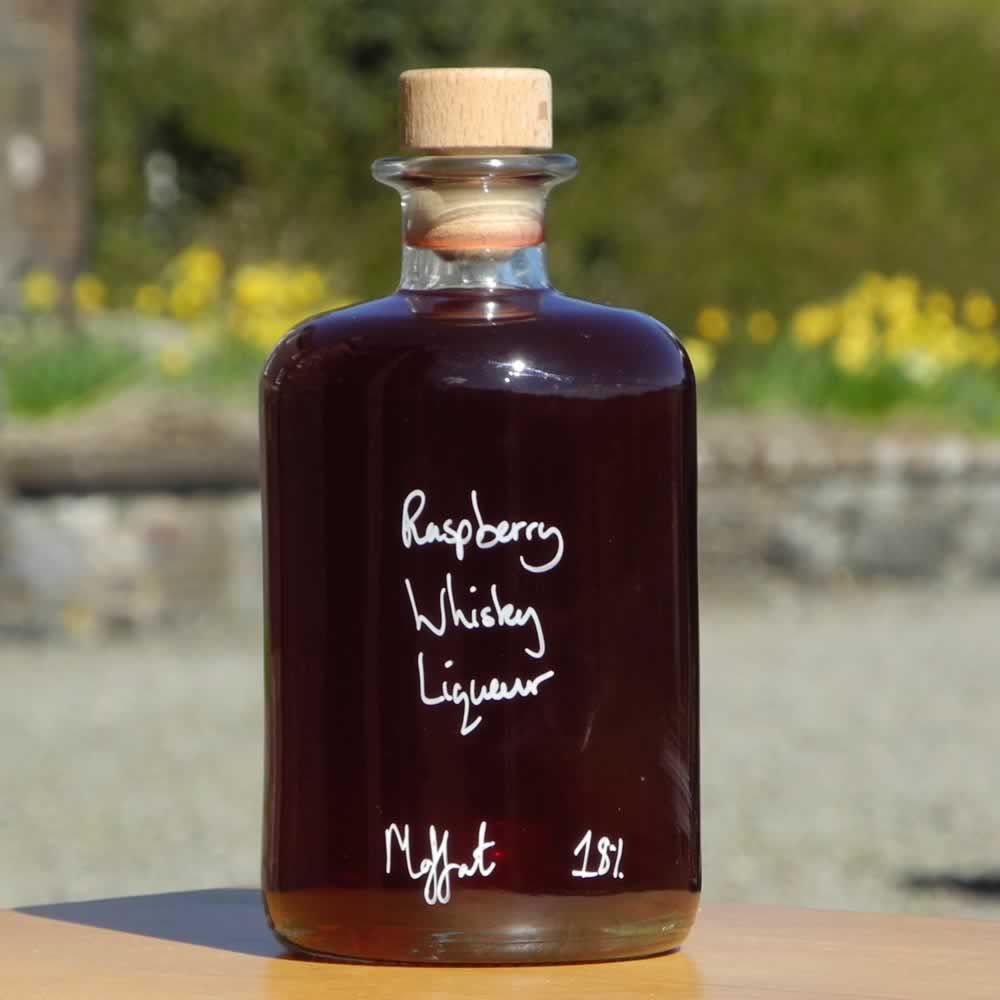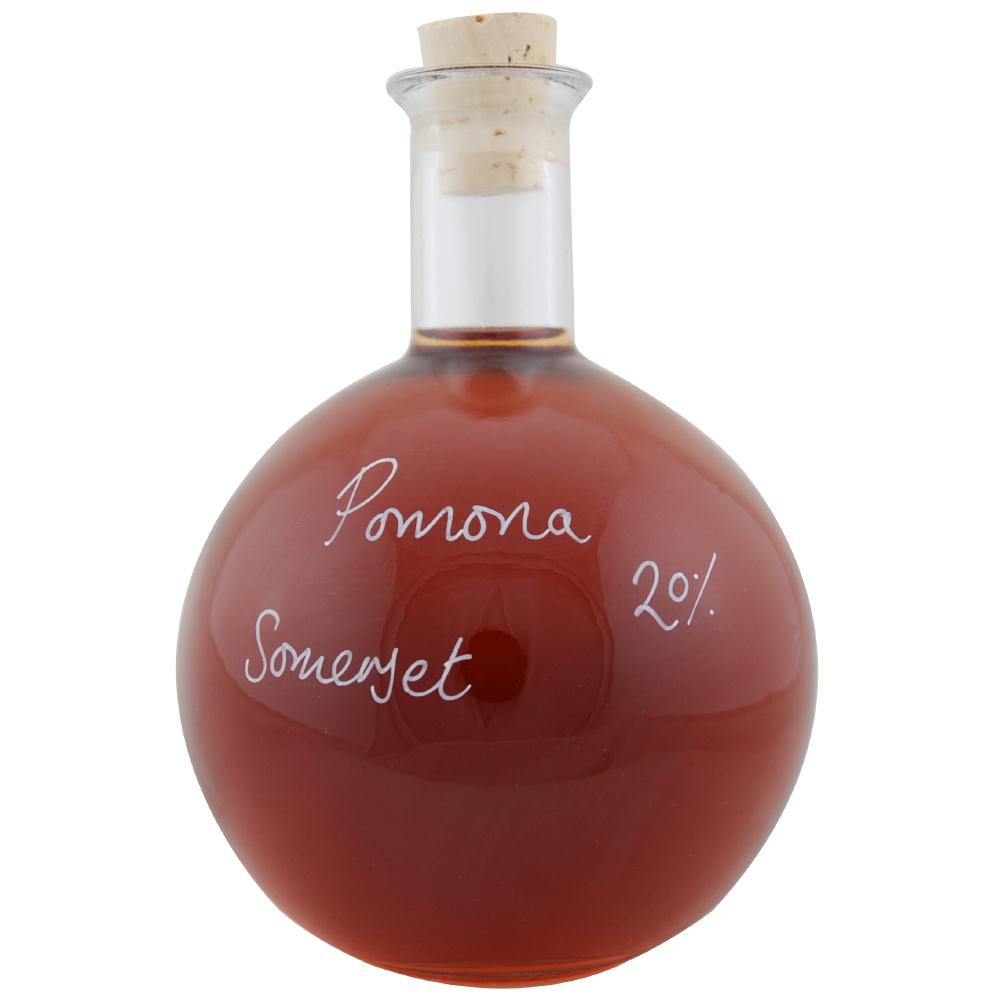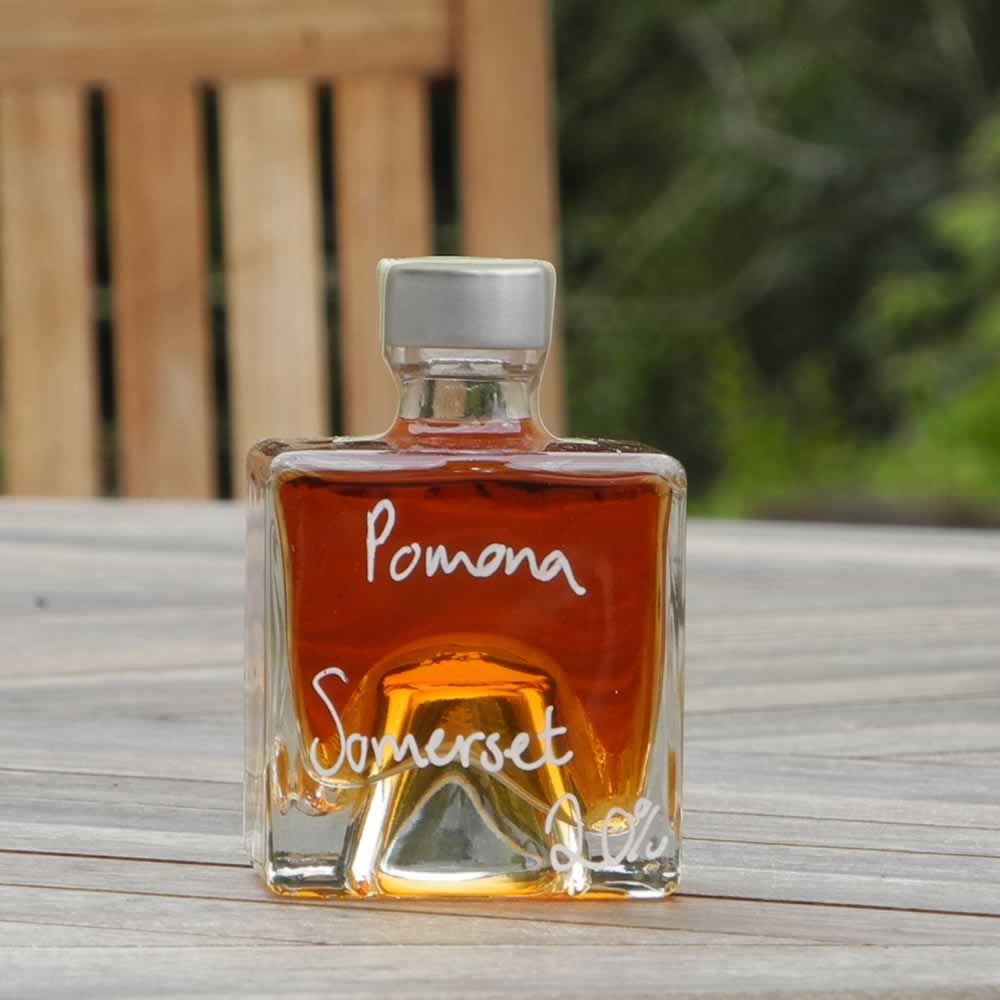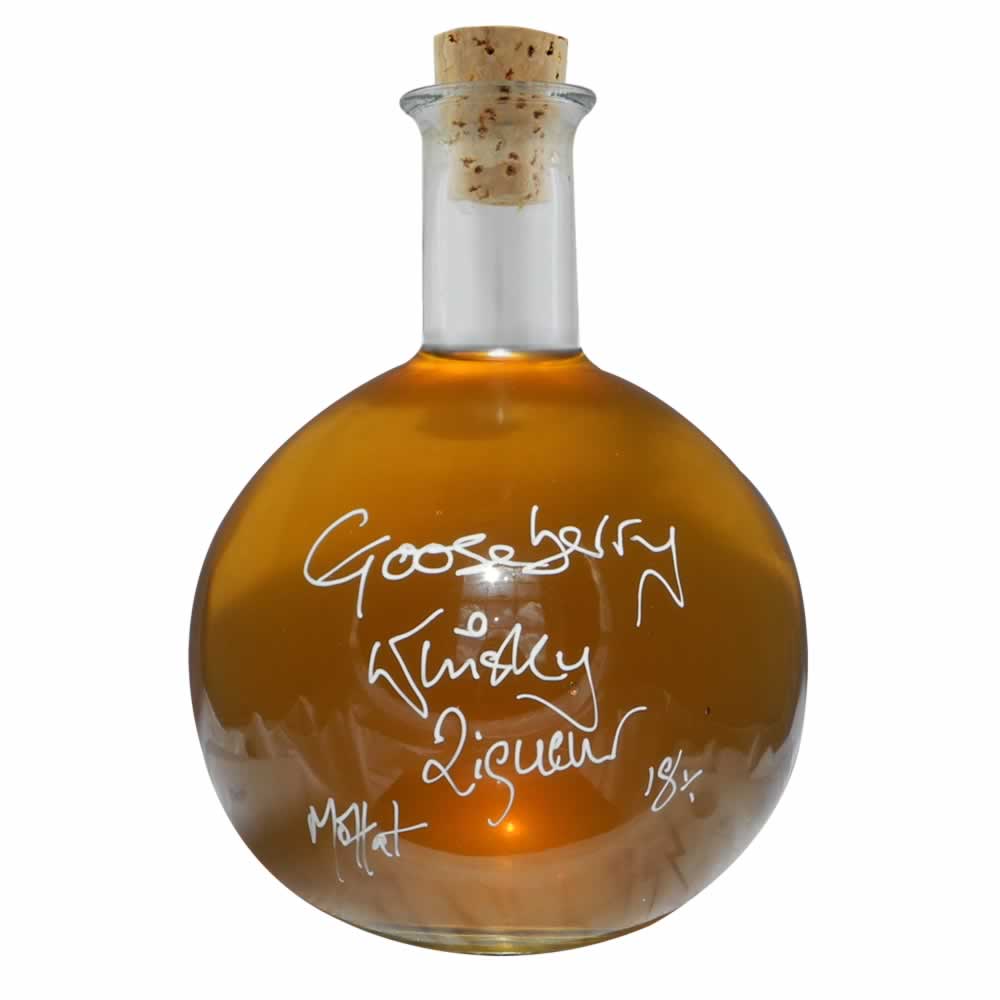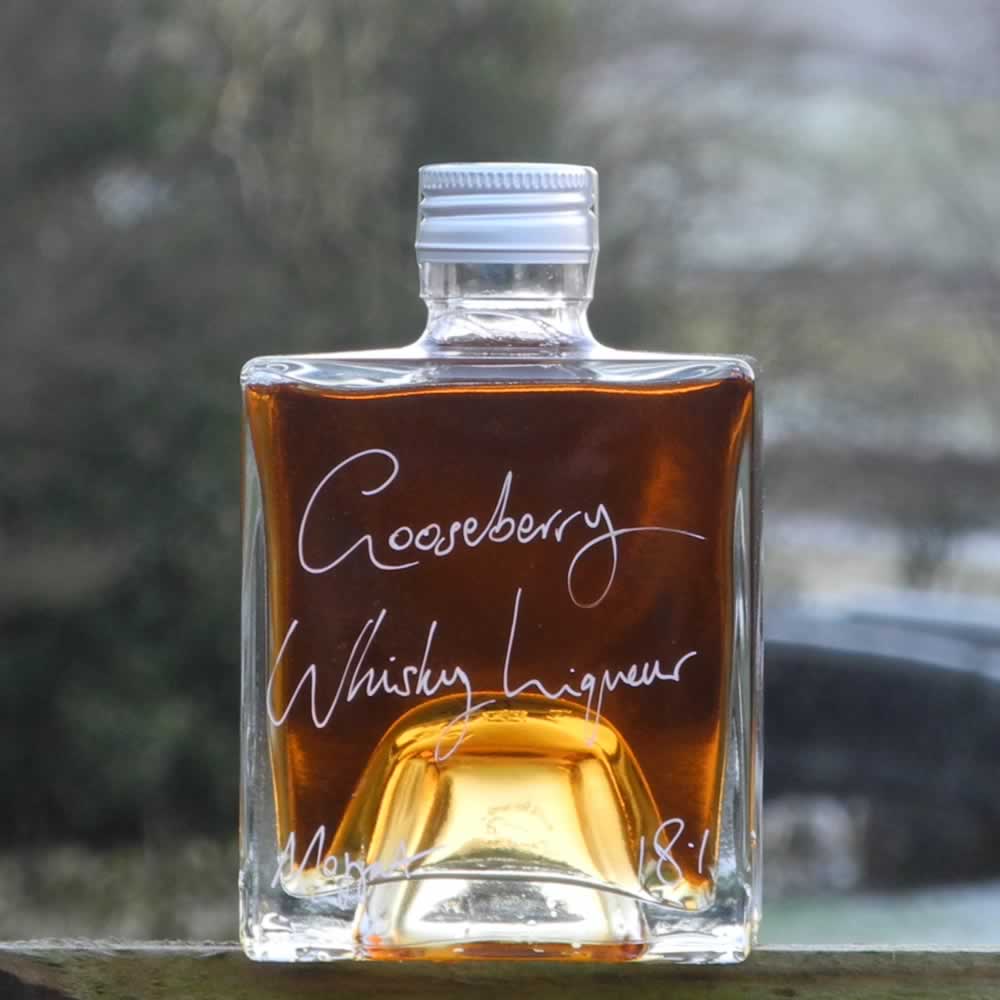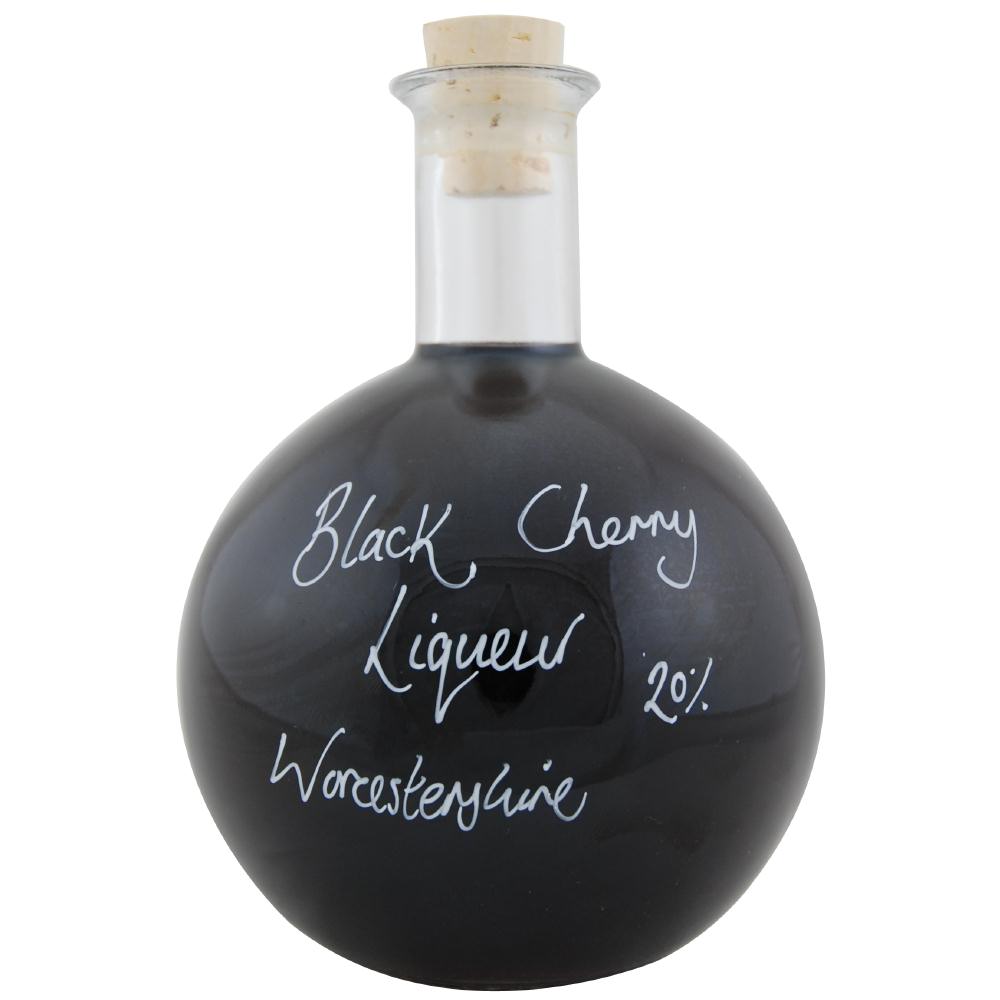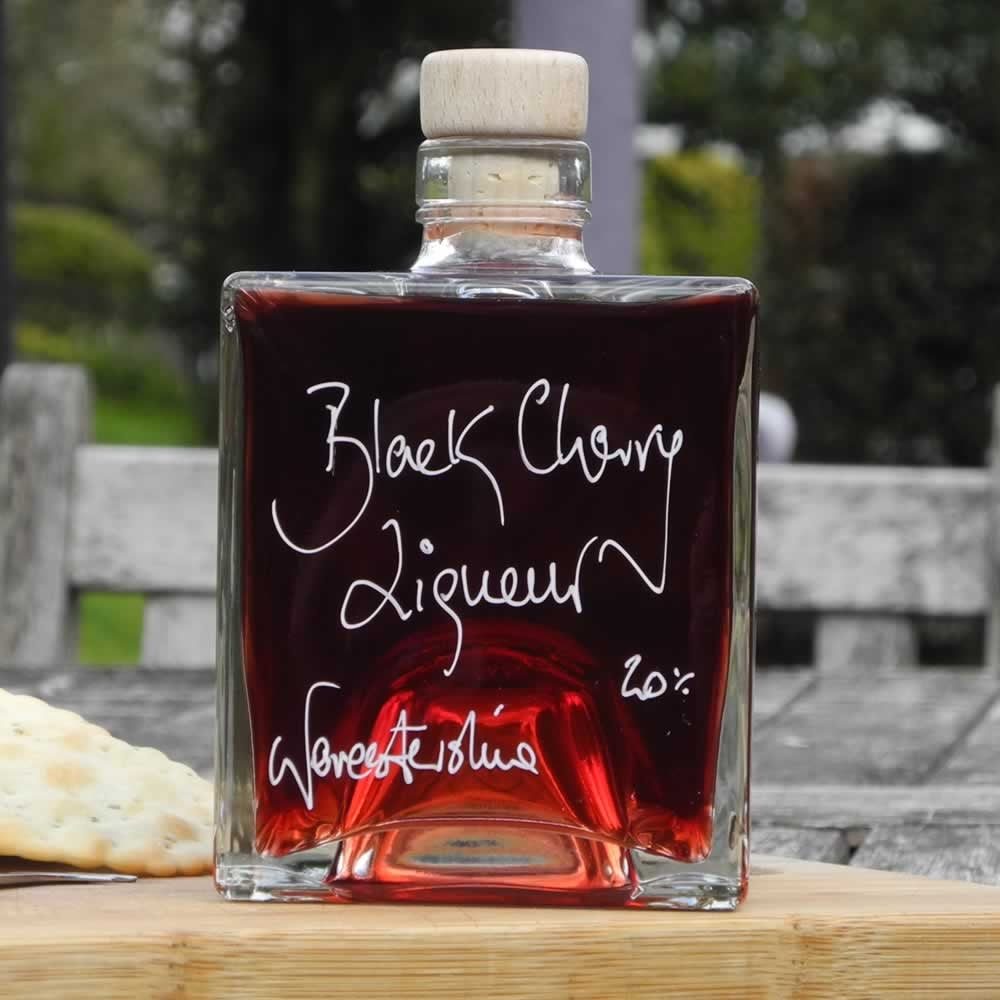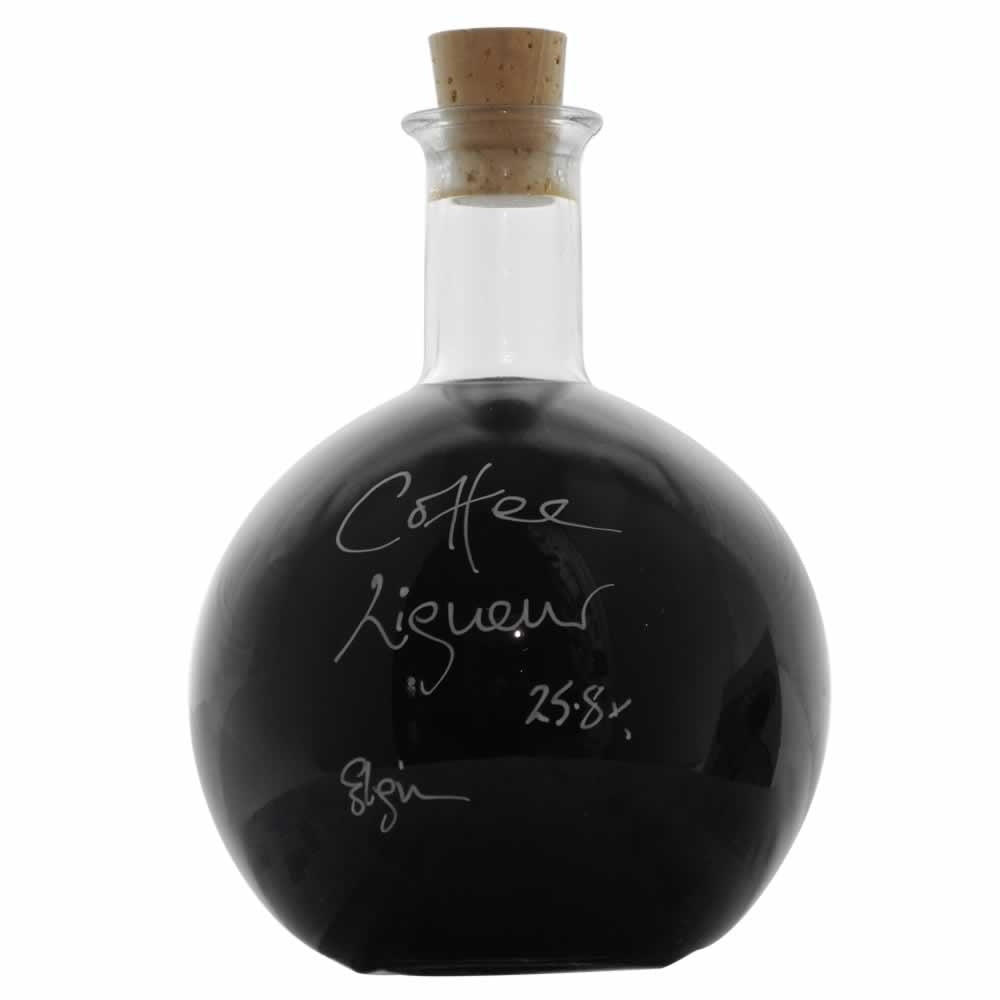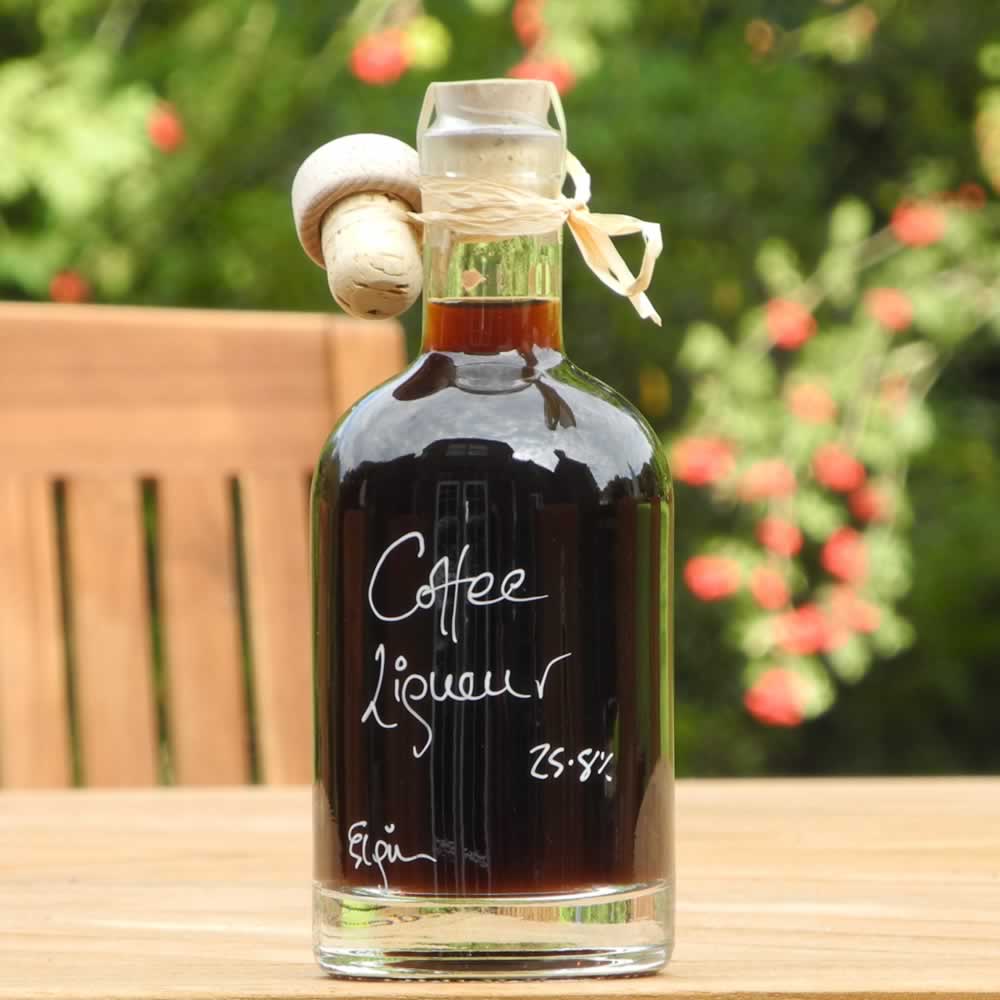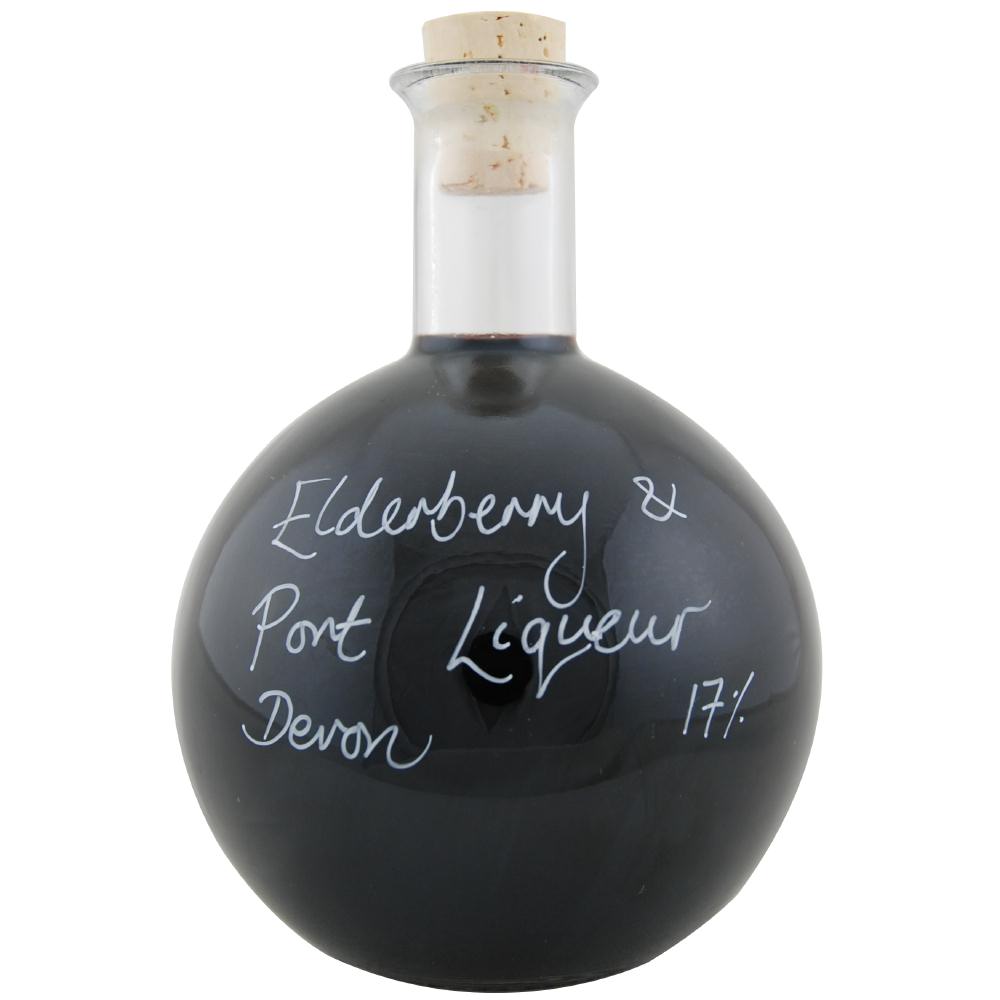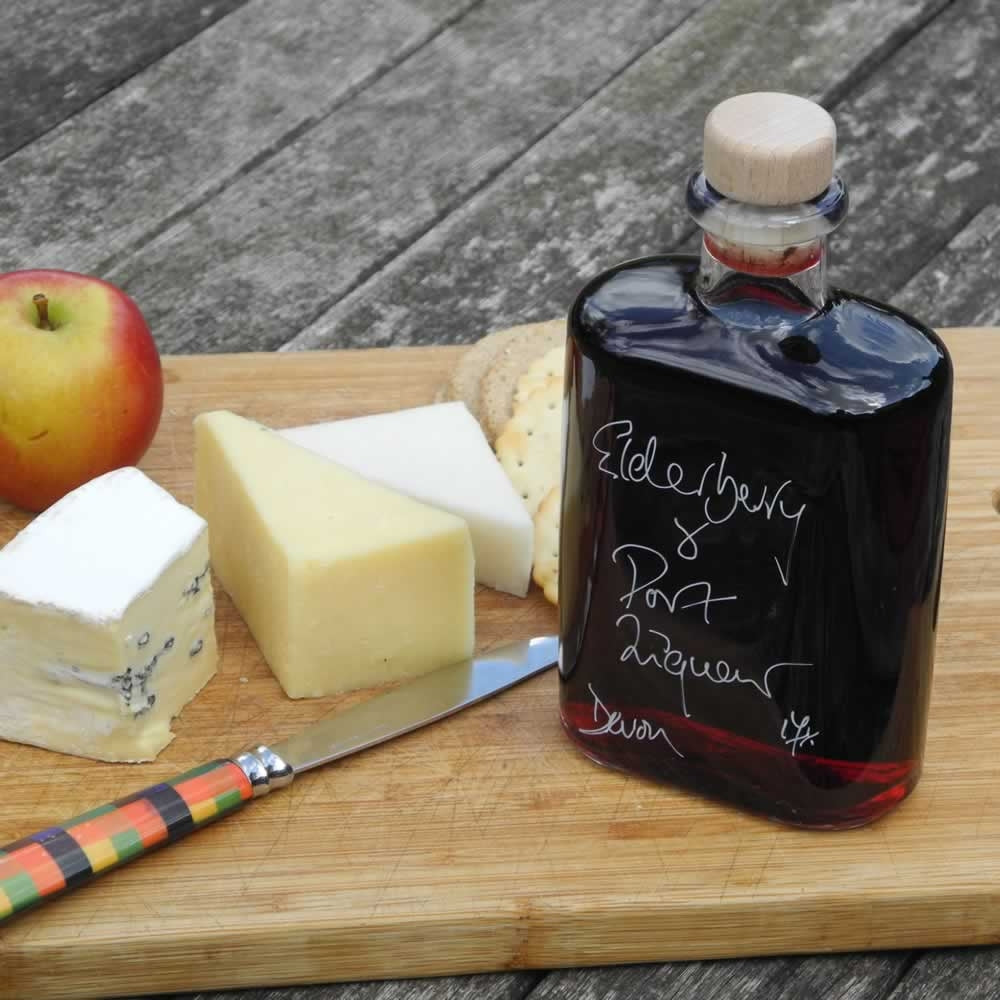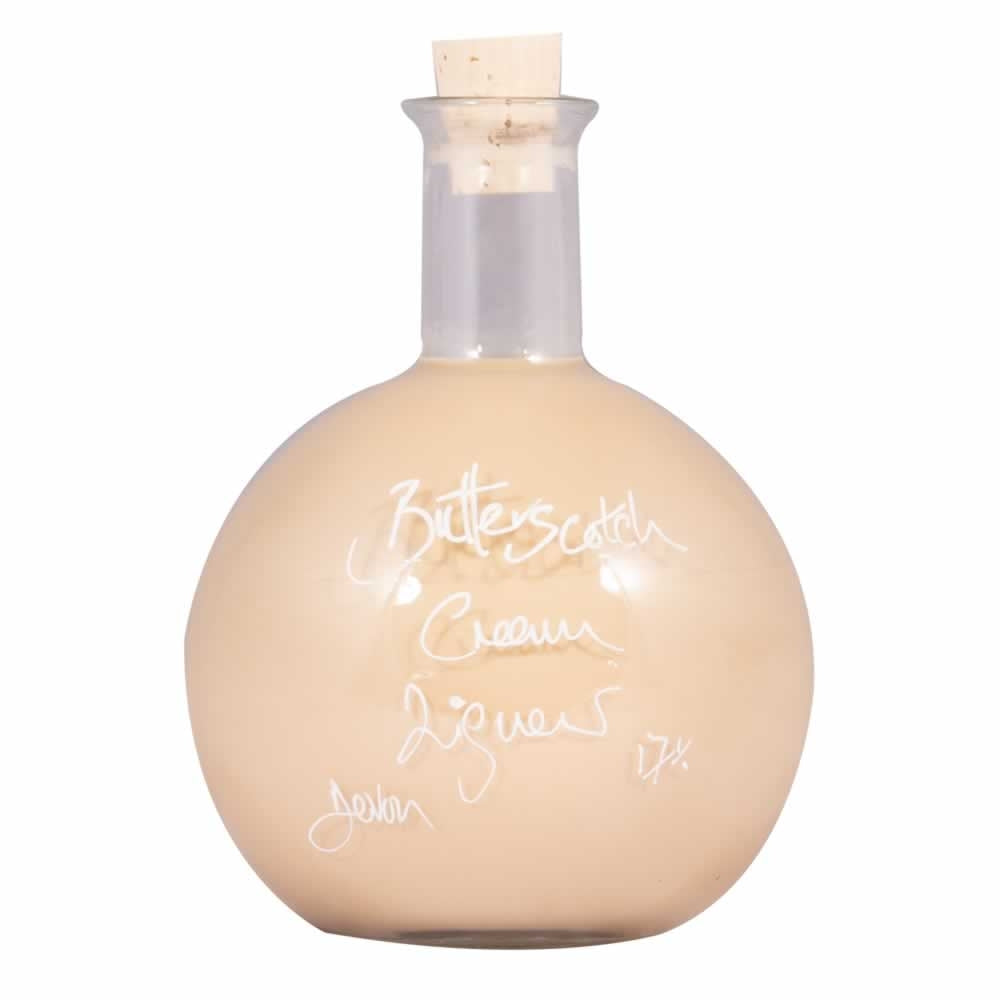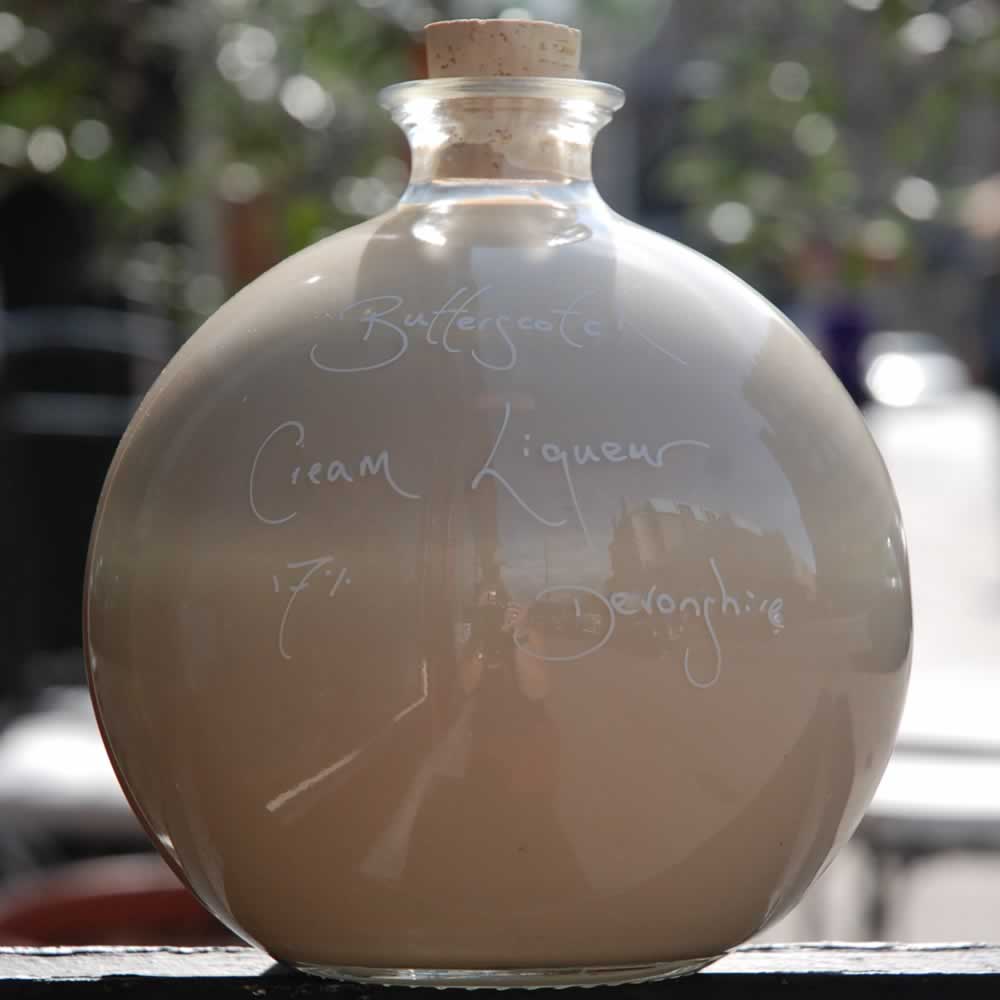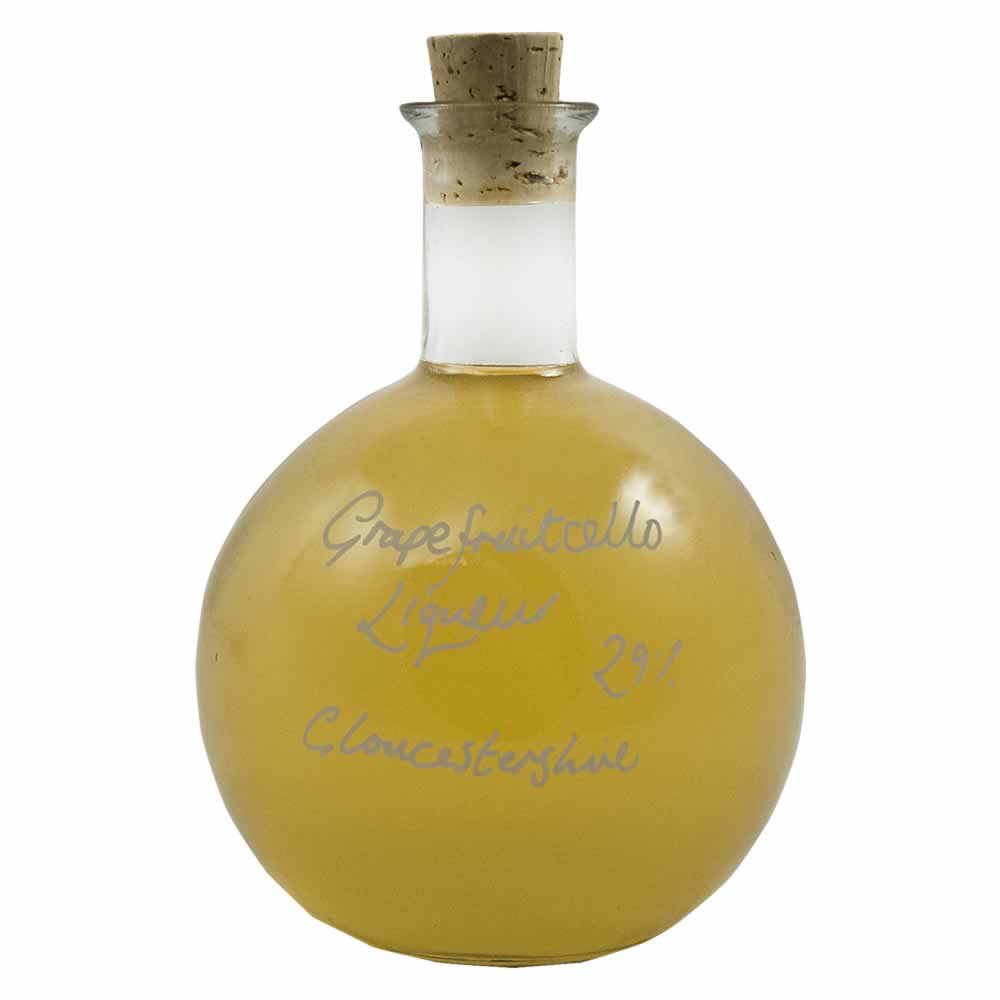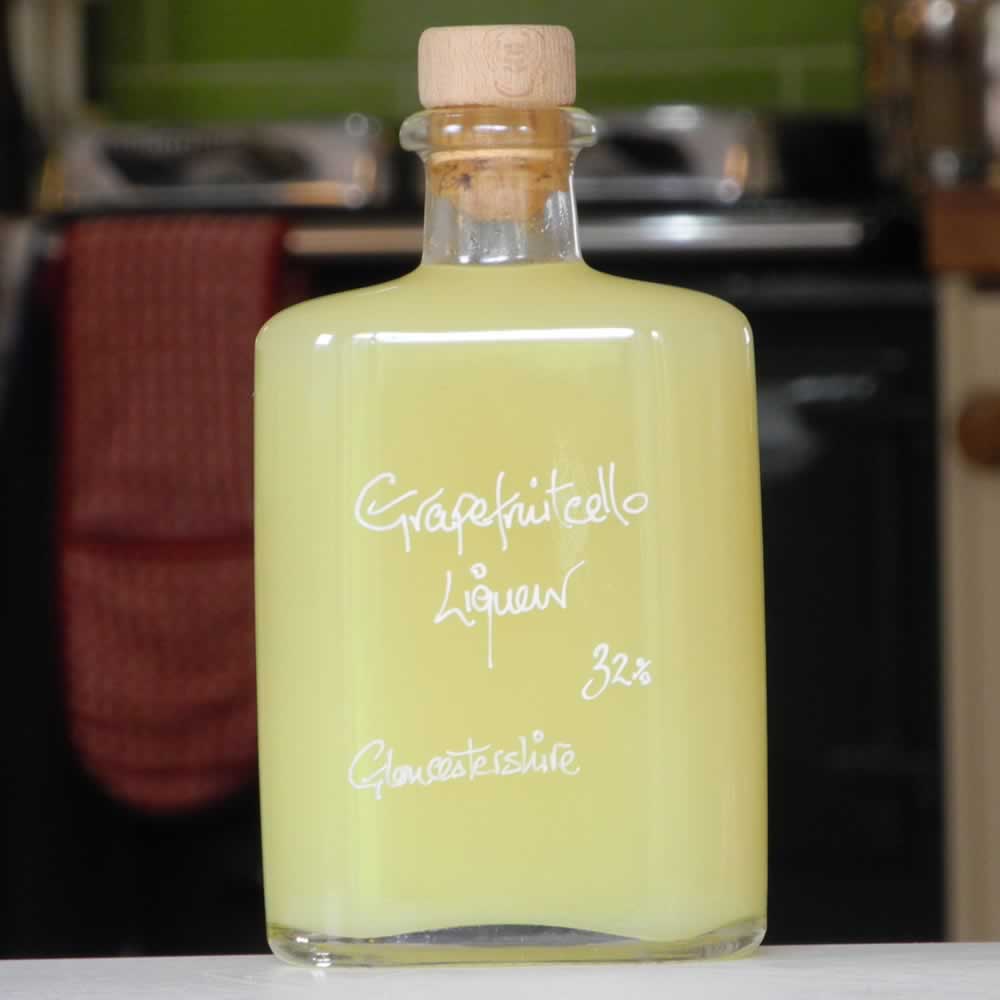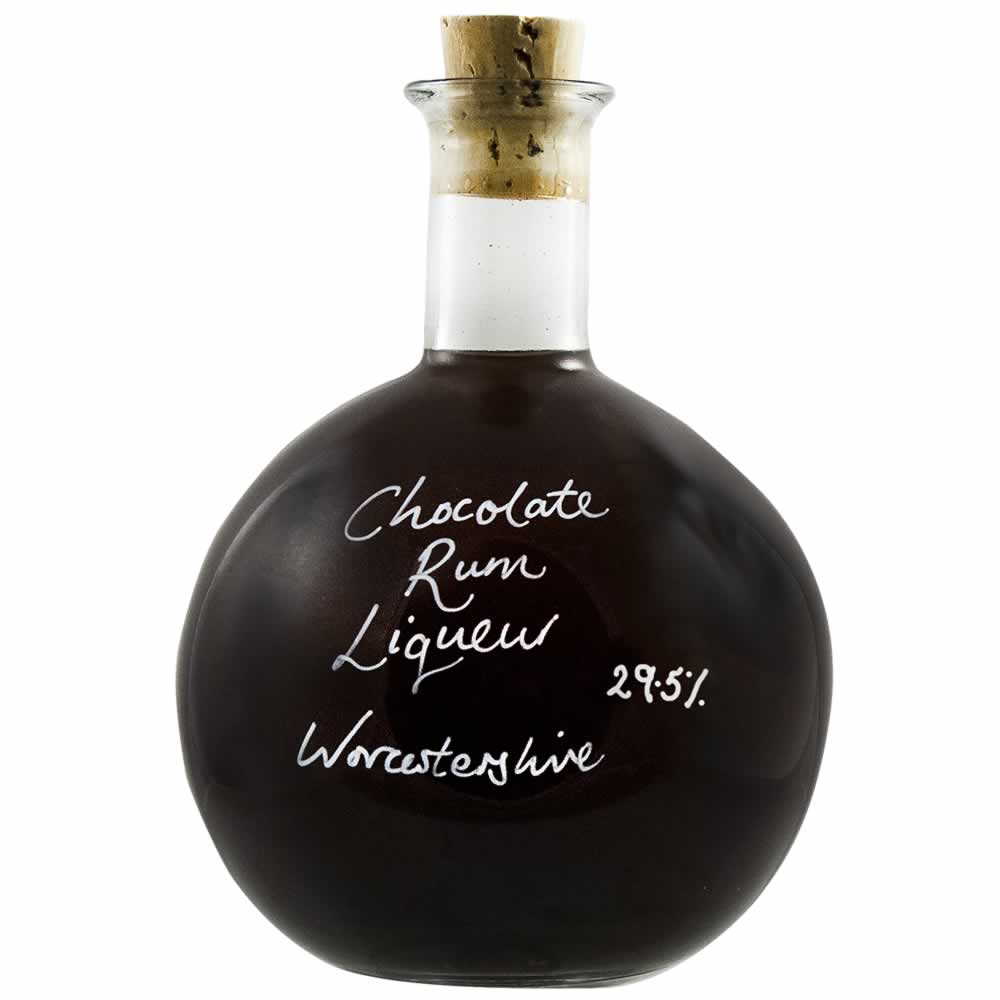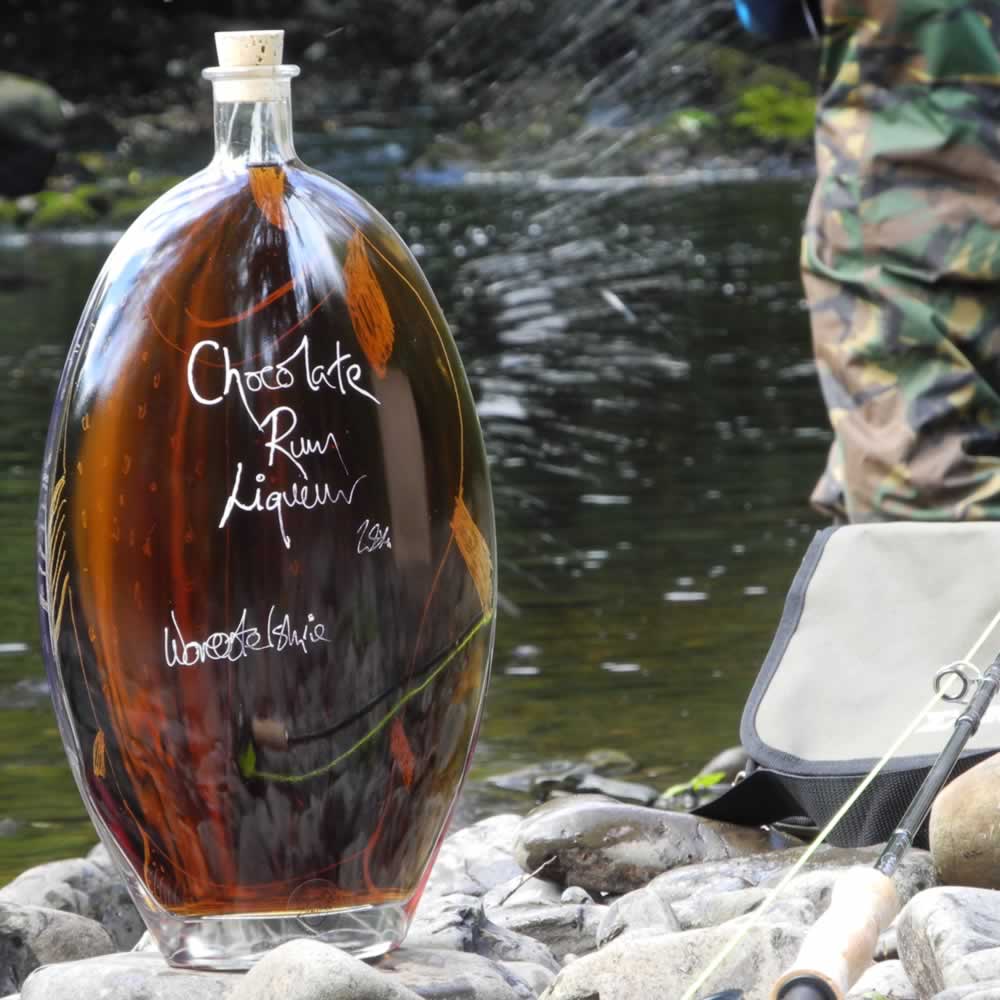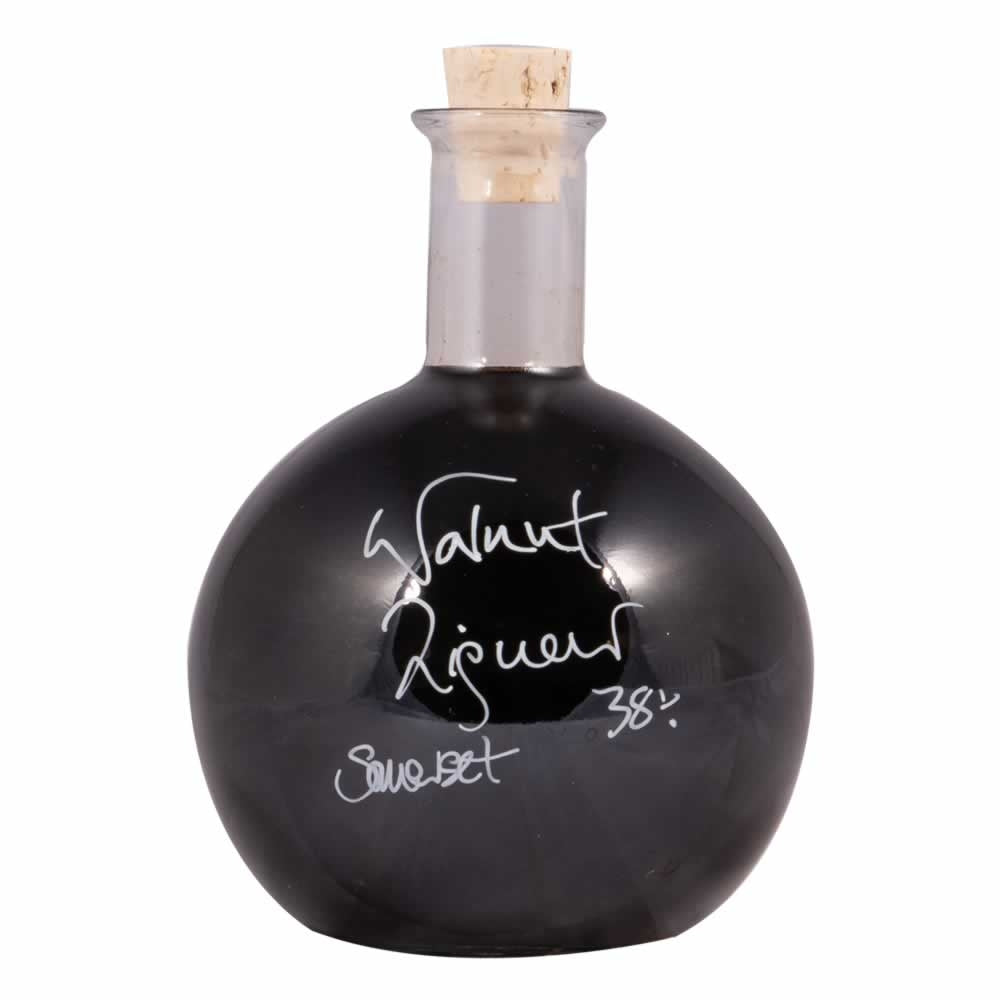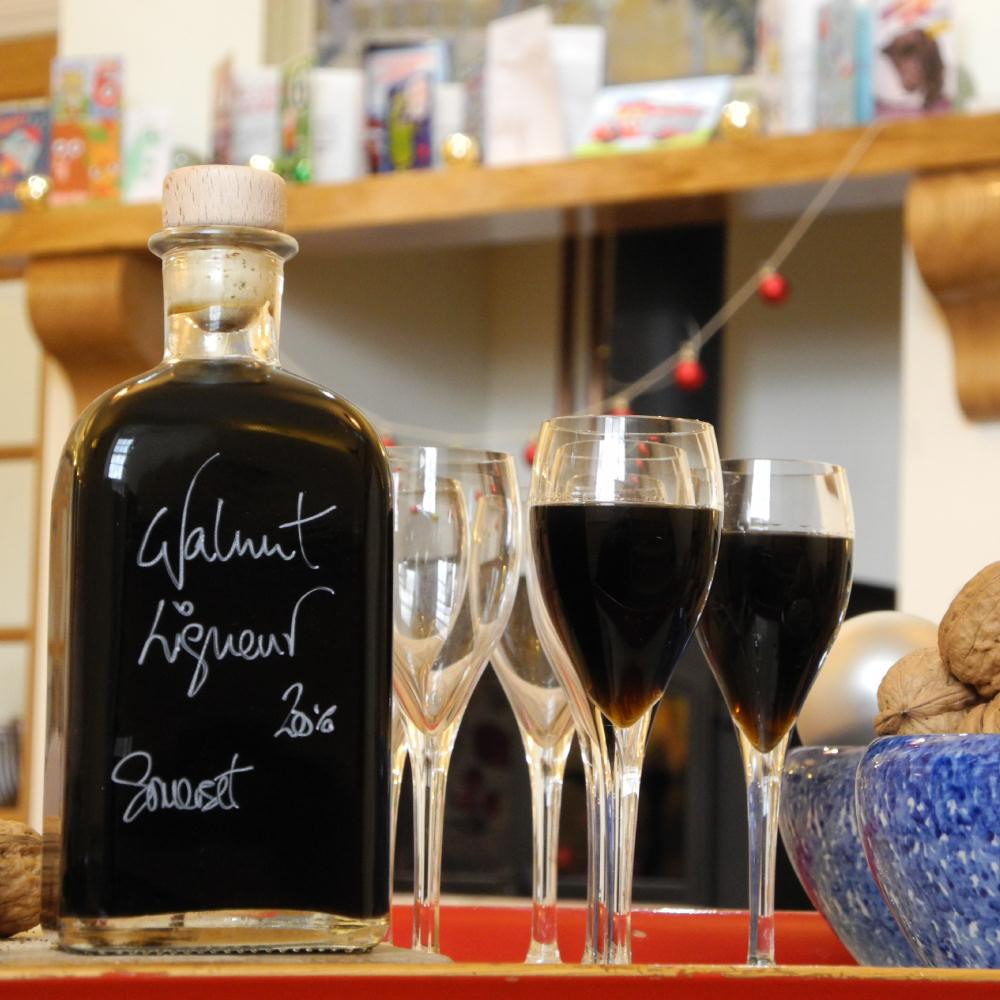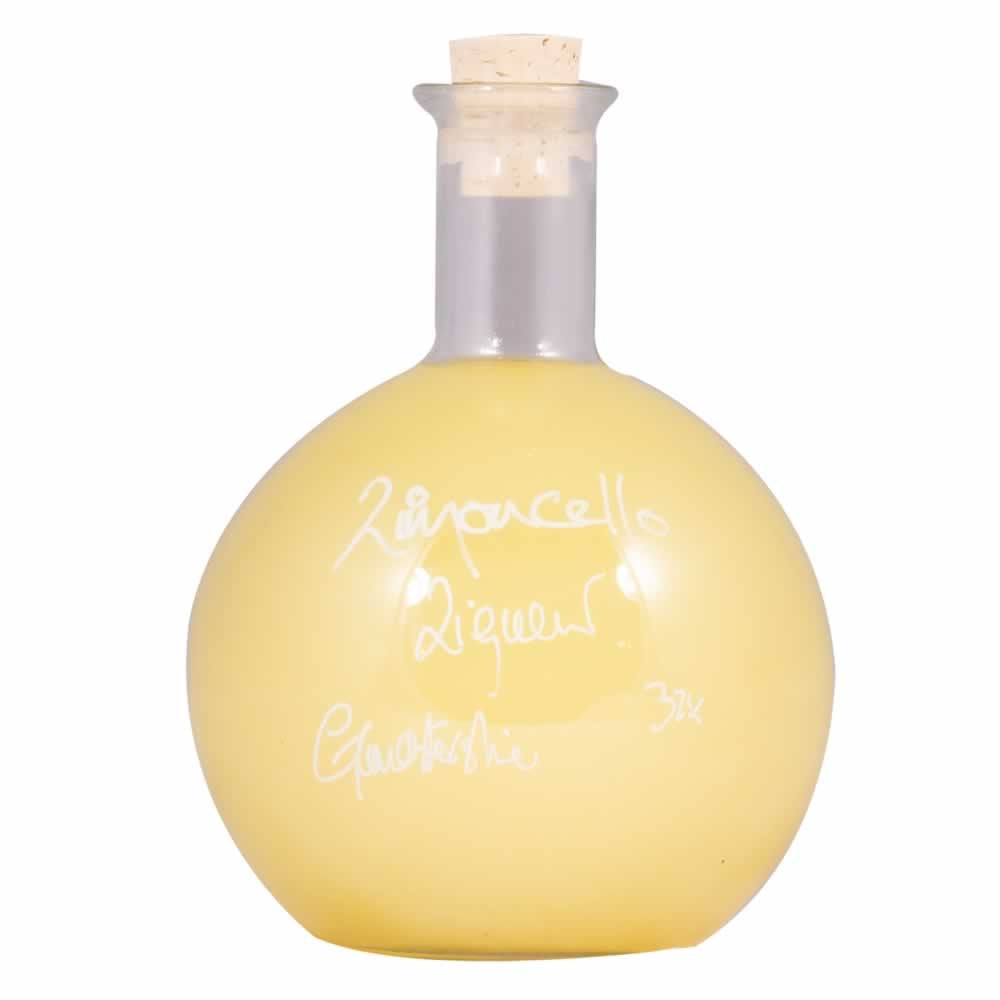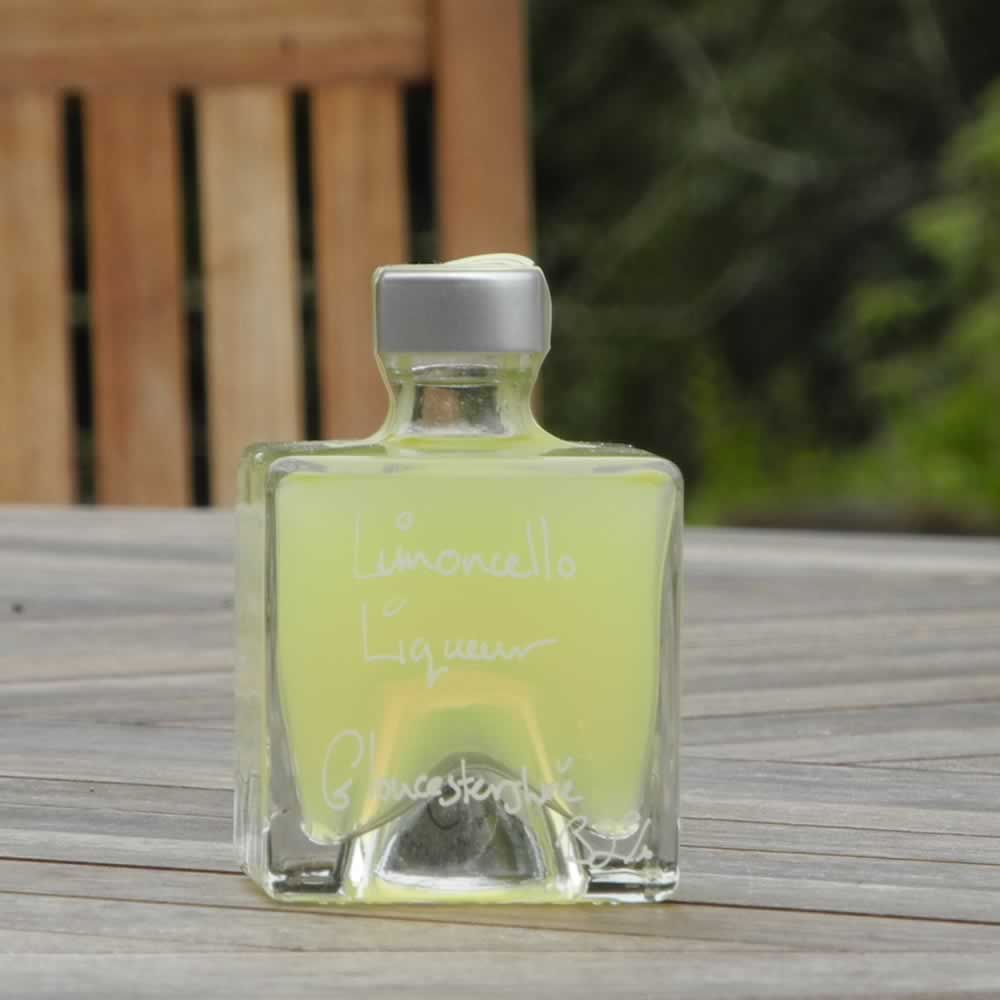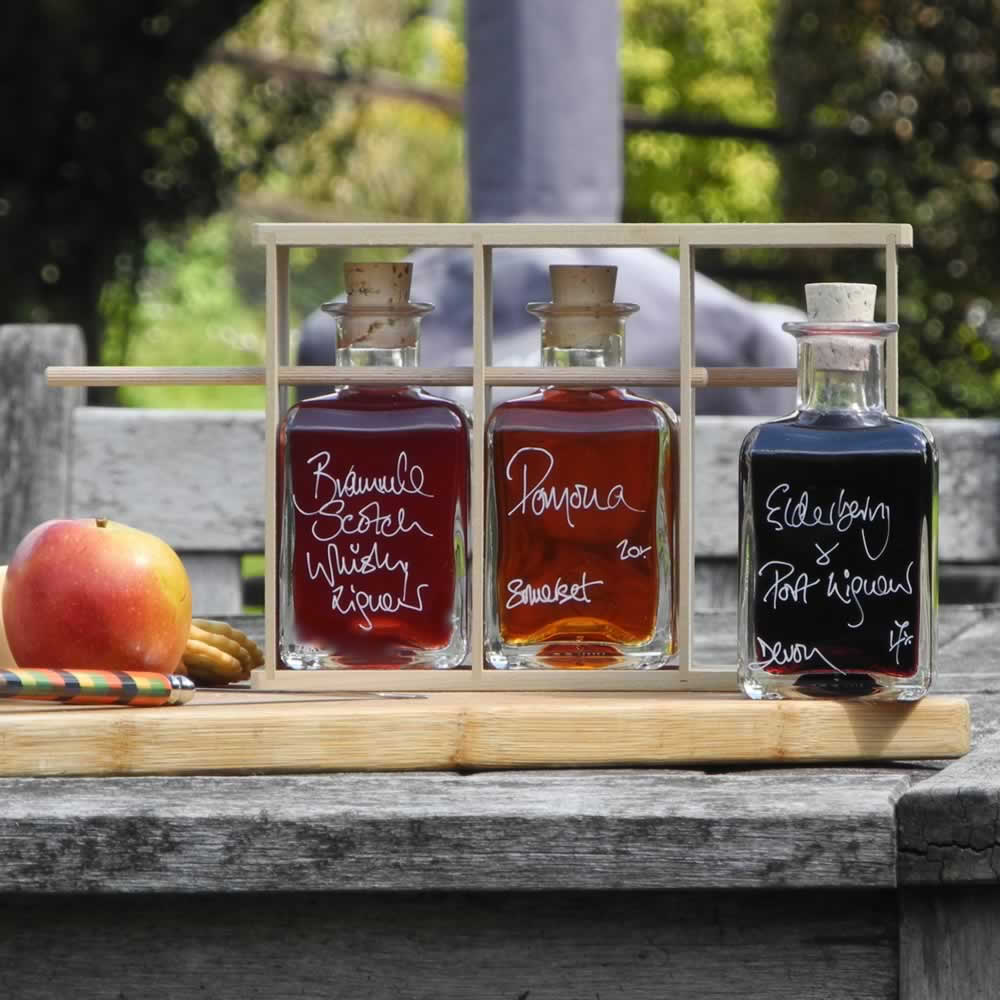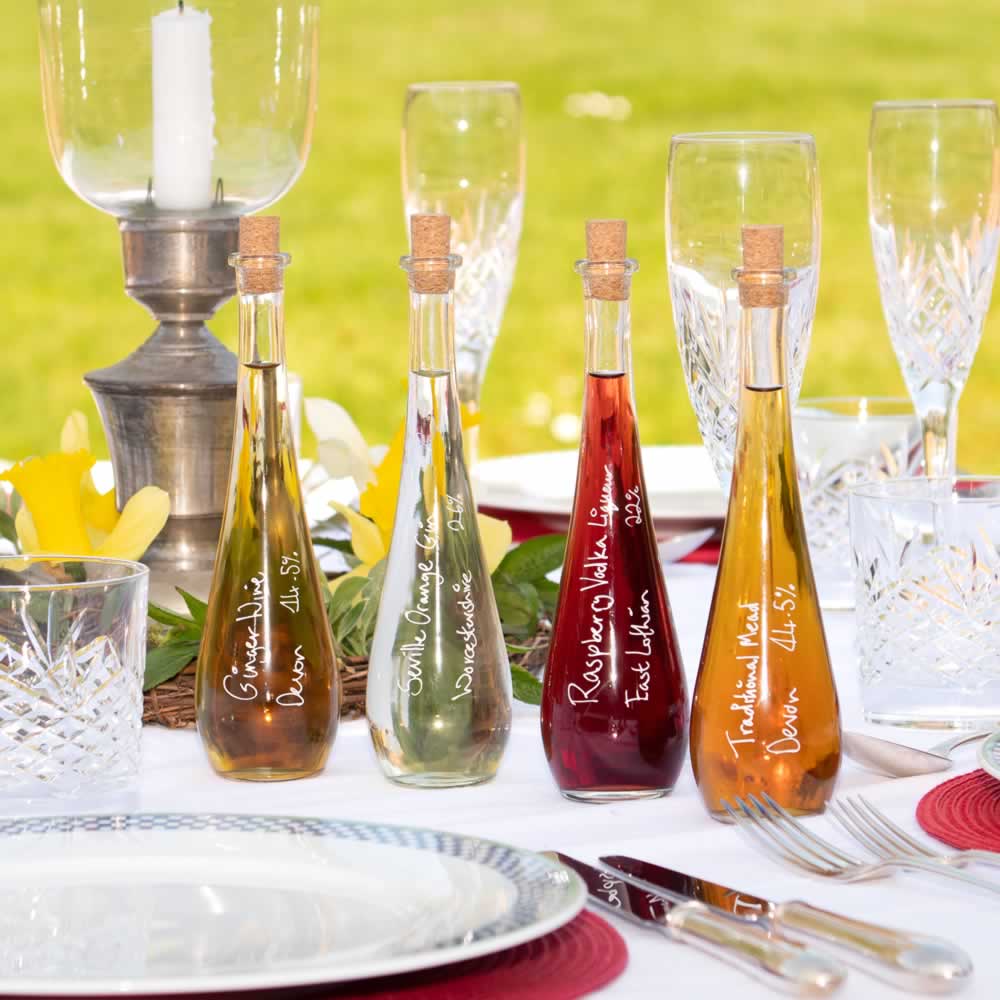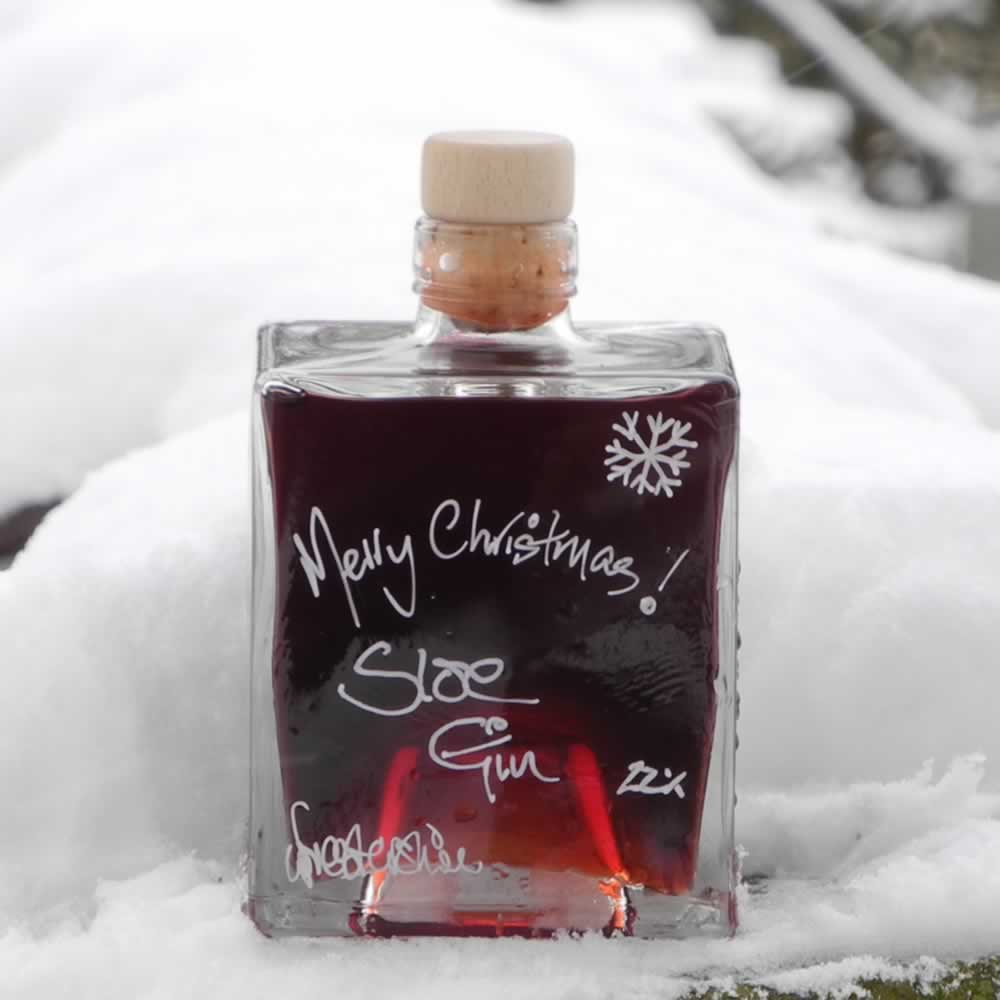Liqueurs
Our carefully crafted handmade, boutique liqueurs capture the essense of fruit and spices to create the perfect after dinner digestif, cocktail ingredient or for pouring over ice-cream.
Read more about LiqueursOur carefully crafted handmade, boutique liqueurs capture the essense of fruit and spices to create the perfect after dinner digestif, cocktail ingredient or for pouring over ice-cream.
What is a Liqueur?
Liqueurs are a loosely defined category of alcoholic drinks that an alcohol base has been infused with various flavours and is usually sweetened. Commonly distilled spirits such as vodka, gin, whisky, etc. are used as the base alcohol and flavouring such as fruits, nuts, herbs, spices, etc. are steeped, macerated or percolated along with sugar. Because of their higher sugar content they are usually drunk as an after dinner digestif or as a cocktail ingredient, but some lend themselves very well as aperitifs.
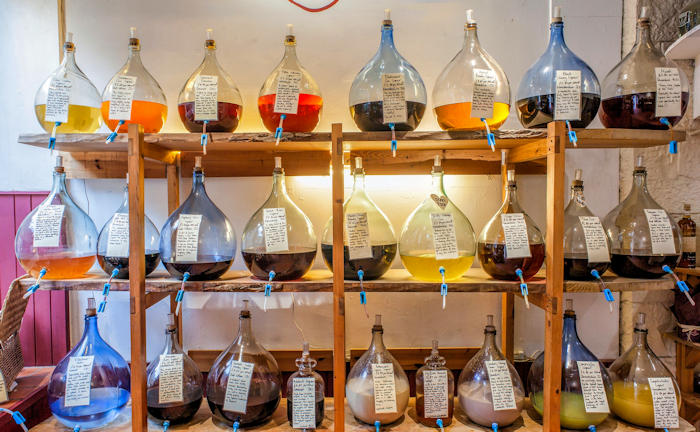
The word liqueur in English comes to us via French from the Latin word 'liquifacere', which means to melt or dissolve, and not to be confused with the word liquor which is used to describe all alcoholic beverages. Also confusingly, in the USA, the word cordial is used for liqueurs, and in the UK, the word cordial is used for non-alcoholic fruit drinks that need to be mixed with water before consuming. Though the term liqueur is colloquially used to describe a huge range of alcoholic drinks, there are various legal definitions for liqueurs in different countries and regions that prescribe requirements such as minimum alcohol strength, sugar content, natural vs synthetic flavourings, etc.
The history of liqueurs
Liqueurs have been around for centuries and at least since 800 BC. in the Middle East and the Eastern Mediterranean where palm wine was mixed with anise, which in turn has given rise to the modern distilled drinks such as arak, ouzo and sambucca. However it wasn't until the process of distilling alcohol was discovered and spread to Europe that the popularity of infusing flavours with alcohol really took off. One of the first written records of flavoured alcohol is 'Liber de vinis' by Arnaldus de Villa Nova in the late 1200s which describes the process of distilling wine and then flavouring with a mixture of herbs and spices. He claimed that these tinctures or elixirs could cure a multitude of ailments and restore health, but it was more likely that the quality of these first spirits were very poor and to make them more palatable, herbs, spices and fruits were infused to hide the taste of the raw alcohol.

Monks were some of the first masters of the distillation and they believed in the devine nature of this alcohol and named it 'aqua vitae' (water of life), and the name lives today in Italian as well as 'uisce beatha' in Scots Gaelic for Whisky, 'eau de vie' in France, and akvavit in Scandinavia. Some of these first liqueurs that the monks made are still popular today such as Benedictine and Chatruese. Soon people started to make their own liqueurs as a way to help preserve fruit through the winter such as Rumtopf and Sloe Gin, but as people have moved to the cities these practices fell by the wayside and modern farming practices that has led to the destruction of hedgerows where these fruits grew has meant that the tradition of making liqueurs at home has become lost. From the 16h century onwards commercial liqueurs started to be made and many of the famous brands today can trace their history back to then such as De Kuyper, Marnier-Laostolle, etc.
The many types of liqueurs
Fruit based
» - This is one of the largest and most popular categories of liqueur. Fruit such as blackberry (bramble), sloes, orange, cherry, gooseberry, elderberry, damson are infused with spirits such as vodka, whisky, gin, rum, etc for anything between a few weeks to many months. Examples of fruit based liqueurs include Sloe Gin, Limoncello, and Raspberry Vodka Liqueur.
Herbal based
» - The herbal liqueur category includes more than just herbs. It contains liqueurs that are made from flowers, spices, and vegetables such as cucumber (technically a fruit) and rhubarb (culinary used as a fruit). Examples of herbal liqueurs include Spiced Rum Liqueur, Elderflower Vodka, Gammel Dansk, etc.
Nut based
» - Nut based liqueurs are flavoured using nuts such as walnuts, hazelnuts, almonds, or the pits from stone fruits such as peaches or apricots. Examples include amaretto, nocino, etc.
Cream based
» - Cream based liqueurs are mixed with cream and other ingredients to create luscious, silky smooth drinks. Not to be confused with crème liqueurs, such as crème de cassis, that are liqueurs made with extra sugar to create a syrupy consistency. Examples include chocolate orange cream liqueur, butterscotch cream liqueur, advocaat, etc.
Chocolate based
» - Some chocolate liqueurs contain cream such as chocolate orange liqueur, but others are made using dark chocolate and usually contain vanilla as a flavouring. Examples include Chocolate Rum, Crème de cacao, etc.
Other liqueurs
» - There are some many varieties of liqueurs it is hard to fit them neatly into categories, these include liqueurs made from honey, coffee, cocktail bitters, fortified wines, schnapps and even wine or beer based liqueurs.
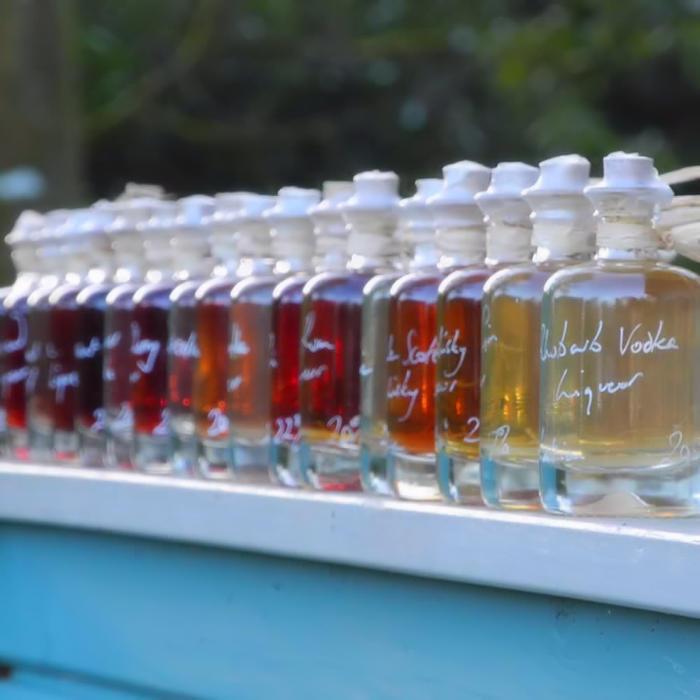
Read less


